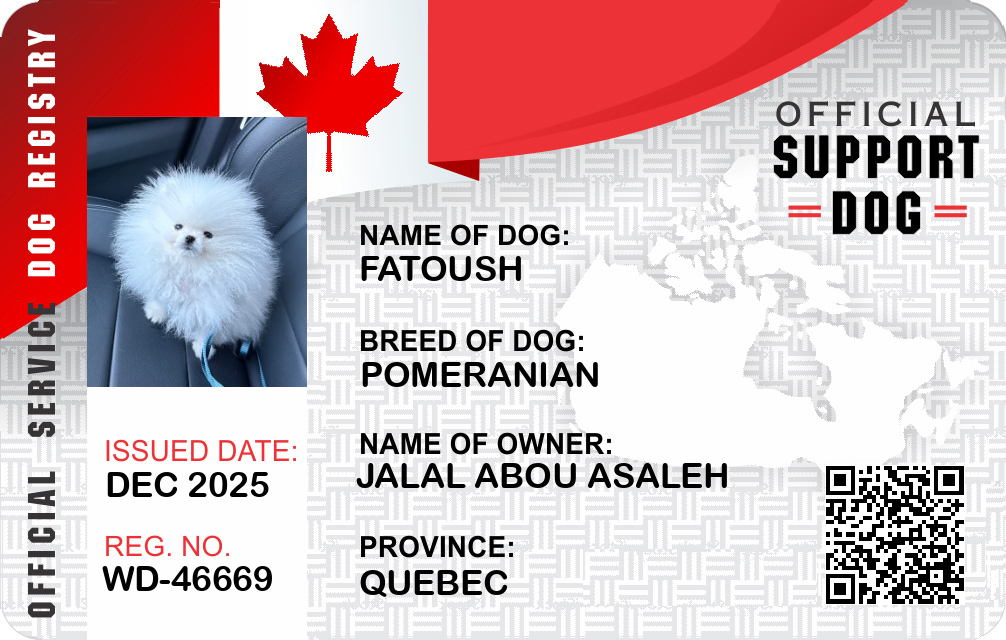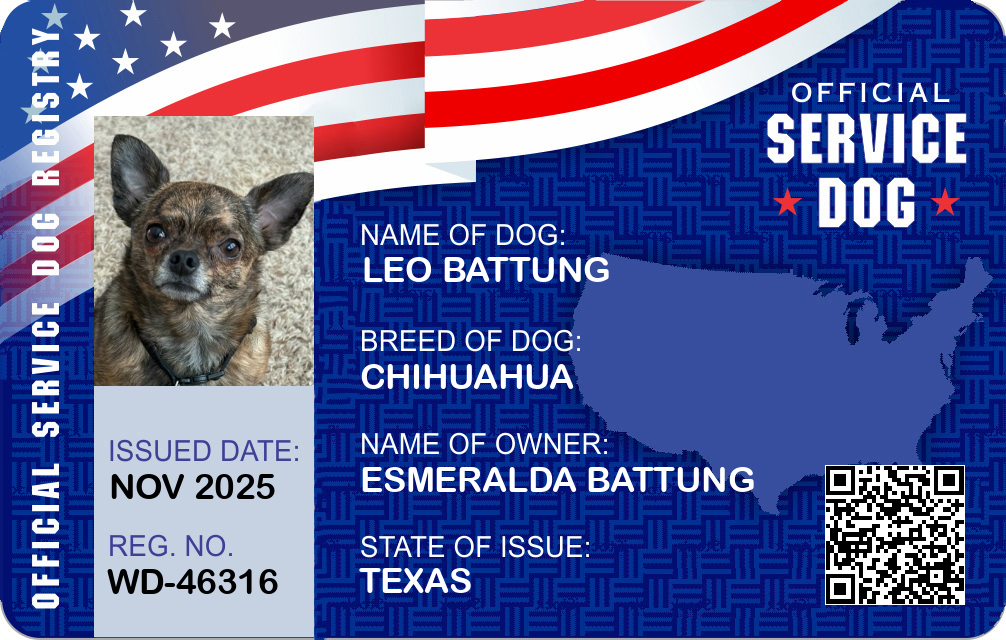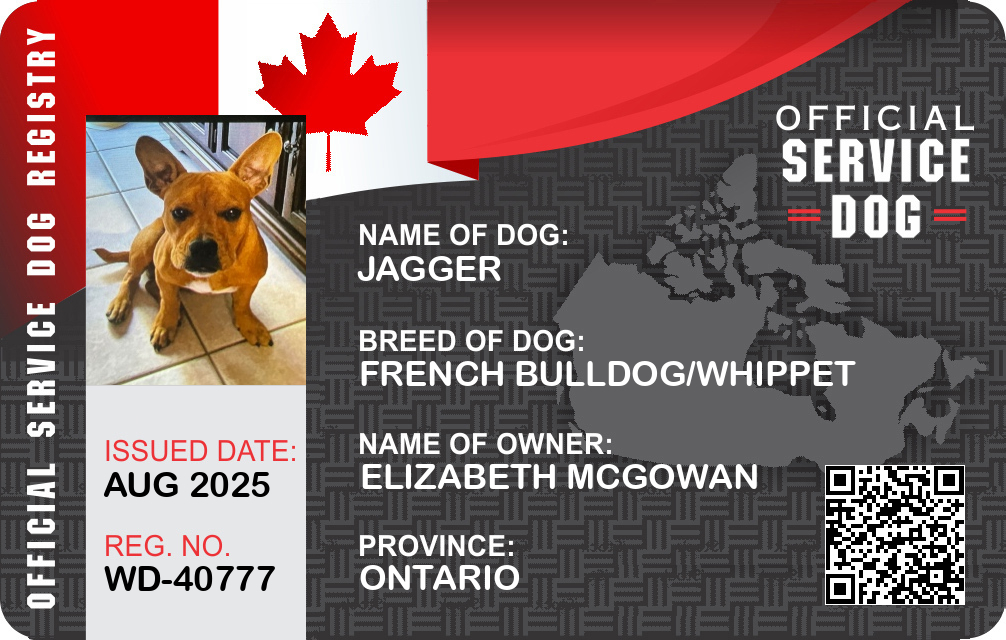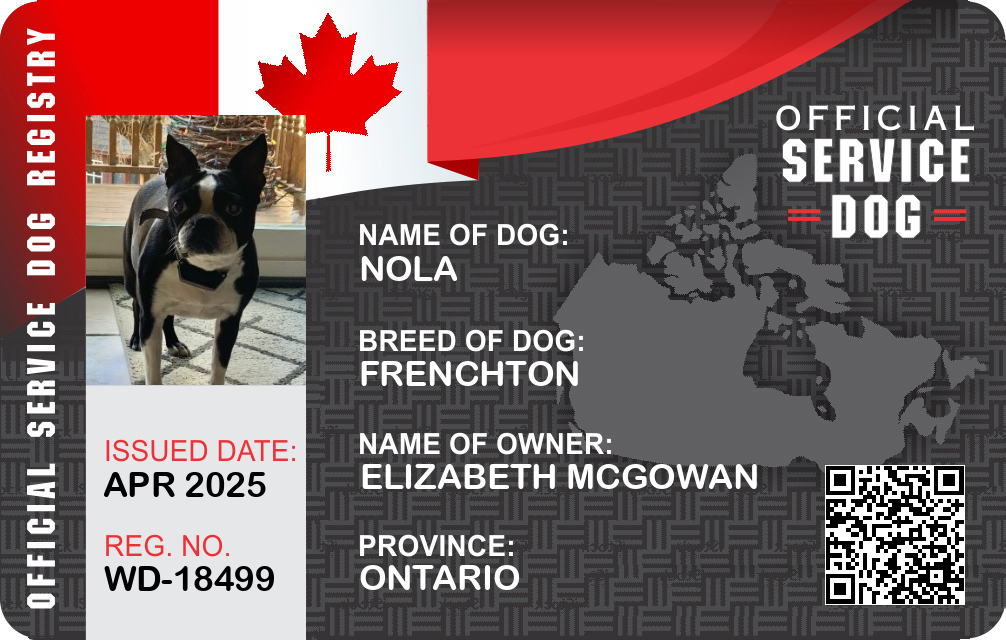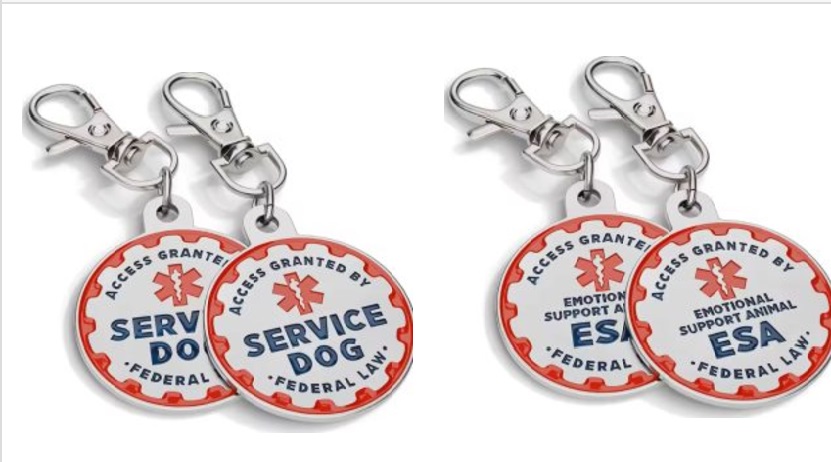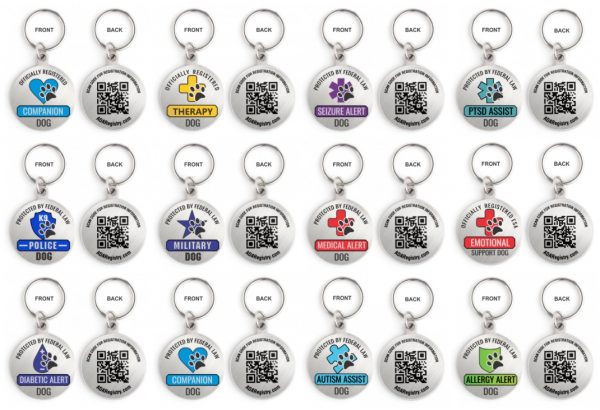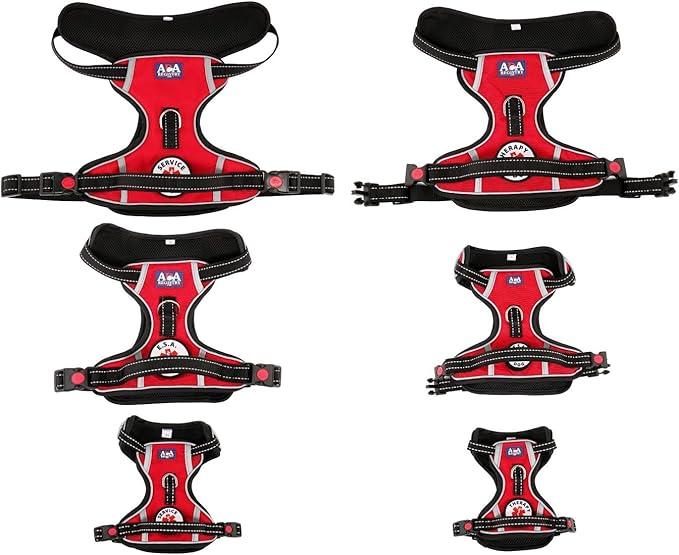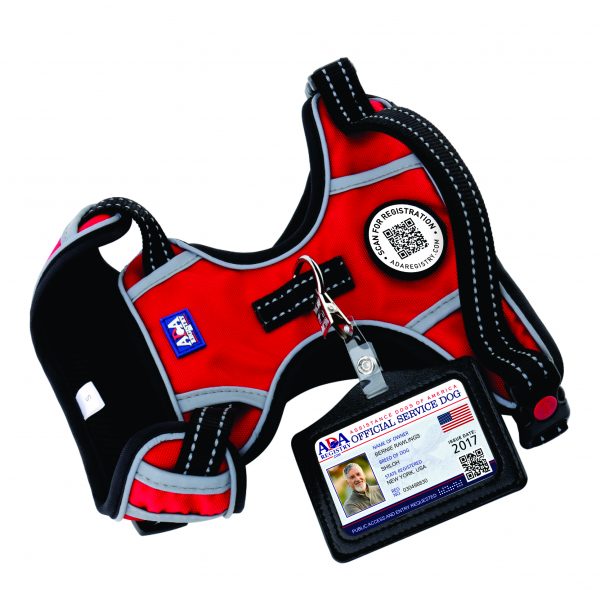Therapy Dog Information
What Are Therapy Dogs?
Therapy dogs bring comfort, emotional support, and joy to people in difficult situations. They visit hospitals, schools, nursing homes, and community centers. For those seeking therapy dog information, it’s important to know they also help people who experience stress after natural disasters. Because many people connect easily with dogs, the calm presence of a therapy dog often creates a soothing and uplifting experience.
How Therapy Dogs Help
People feel relaxed when they interact with gentle dogs. The warmth, affection, and attention these dogs offer can reduce stress and improve emotional well-being. Finding therapy dog information can reveal how these animals play an important role in care programs. They help children, adults, and seniors build trust, feel calmer, and experience positive social interactions.
Do Therapy Dogs Need Training?
Therapy dogs do not need specialized service-dog training. However, they do need good manners. They should stay calm, respond well to people, and behave reliably in busy environments. Their steady temperament ensures they comfort the people they visit rather than overwhelm them.
Choosing the Right Therapy Dog Breed
If you want to learn more about therapy dog information, understanding their natural traits helps you make a good choice. Breeds such as Golden Retrievers, Labrador Retrievers, Cavalier King Charles Spaniels, Poodles, and Bernese Mountain Dogs often excel in therapy roles. They are gentle, patient, and friendly. In addition, these dogs enjoy social interaction, which makes them ideal for emotional support work.
By exploring detailed breed profiles, you can discover how each dog’s temperament, size, and energy level influence its success as a therapy dog. Gathering therapy dog information makes it easier to find a breed that offers comfort, reduces stress, and creates positive emotional connections.
Register Your Dog Instantly
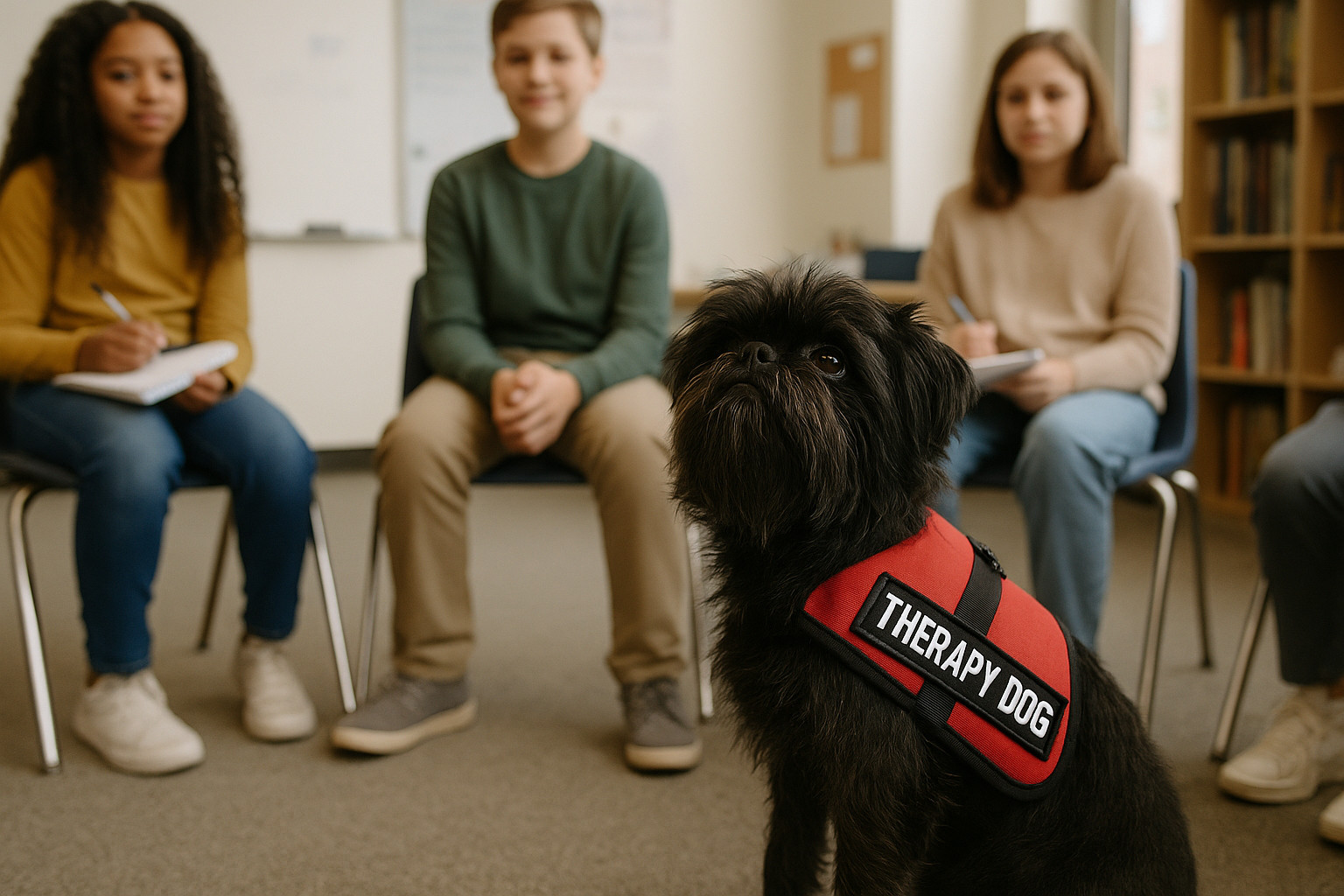
Affenpinscher as a Therapy Dog
Affenpinscher as a Therapy Dog Overview The Affenpinscher, affectionately known as the “monkey dog” due to its playful expressions and…
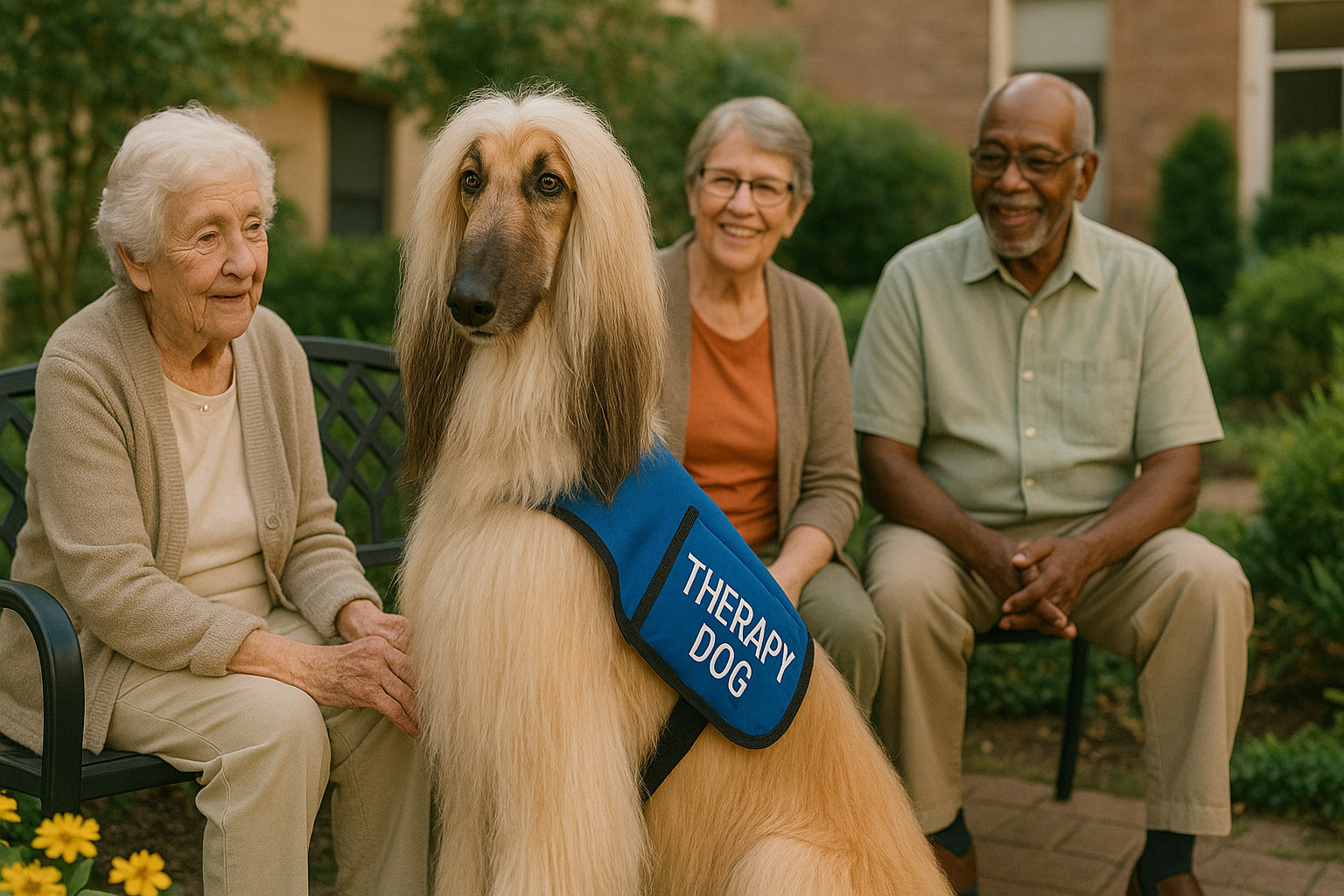
Afghan Hound as a Therapy Dog
Afghan Hound as a Therapy Dog Overview The Afghan Hound, known for its striking elegance and independent nature, offers unique…
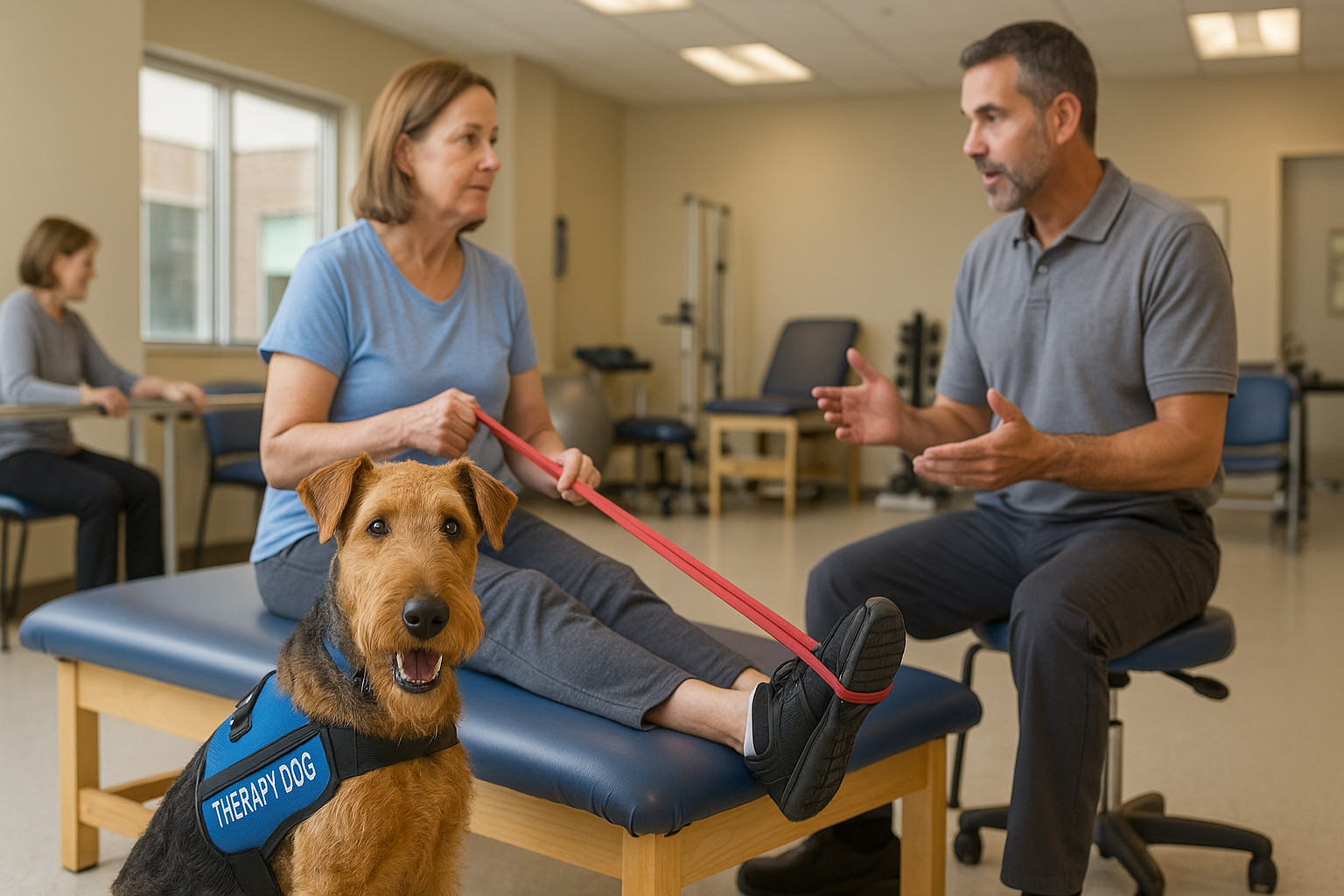
Airedale Terrier as a Therapy Dog
The Airedale Terrier, often referred to as the “King of Terriers,” is a versatile and intelligent breed that can excel…

Akita as a Therapy Dog
Akita as a Therapy Dog Overview The Akita, a noble breed hailing from the mountainous regions of Japan, has long…
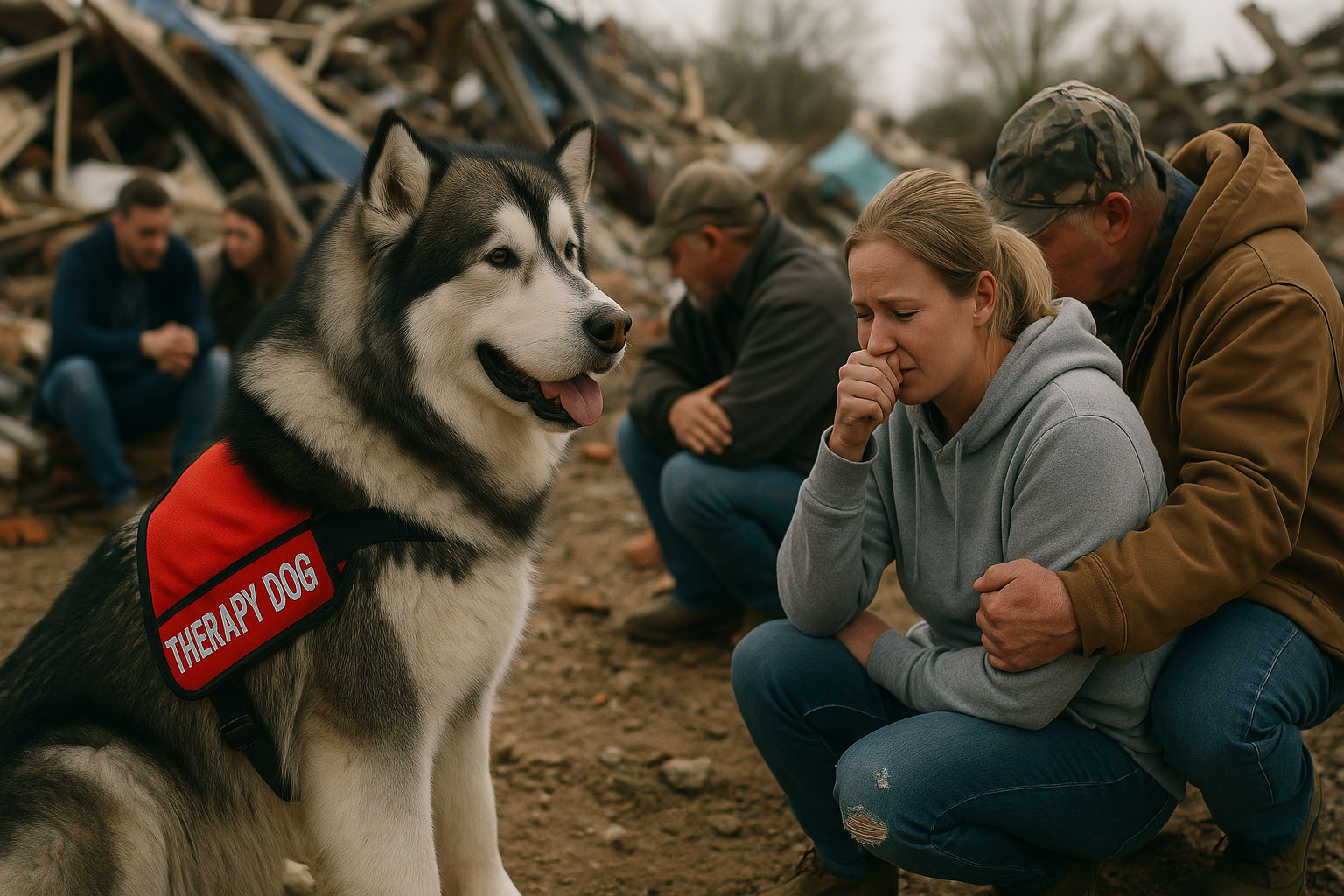
Alaskan Malamute as a Therapy Dog
Alaskan Malamute as a Therapy Dog Overview The Alaskan Malamute, known for its striking wolf-like appearance and powerful build, is…
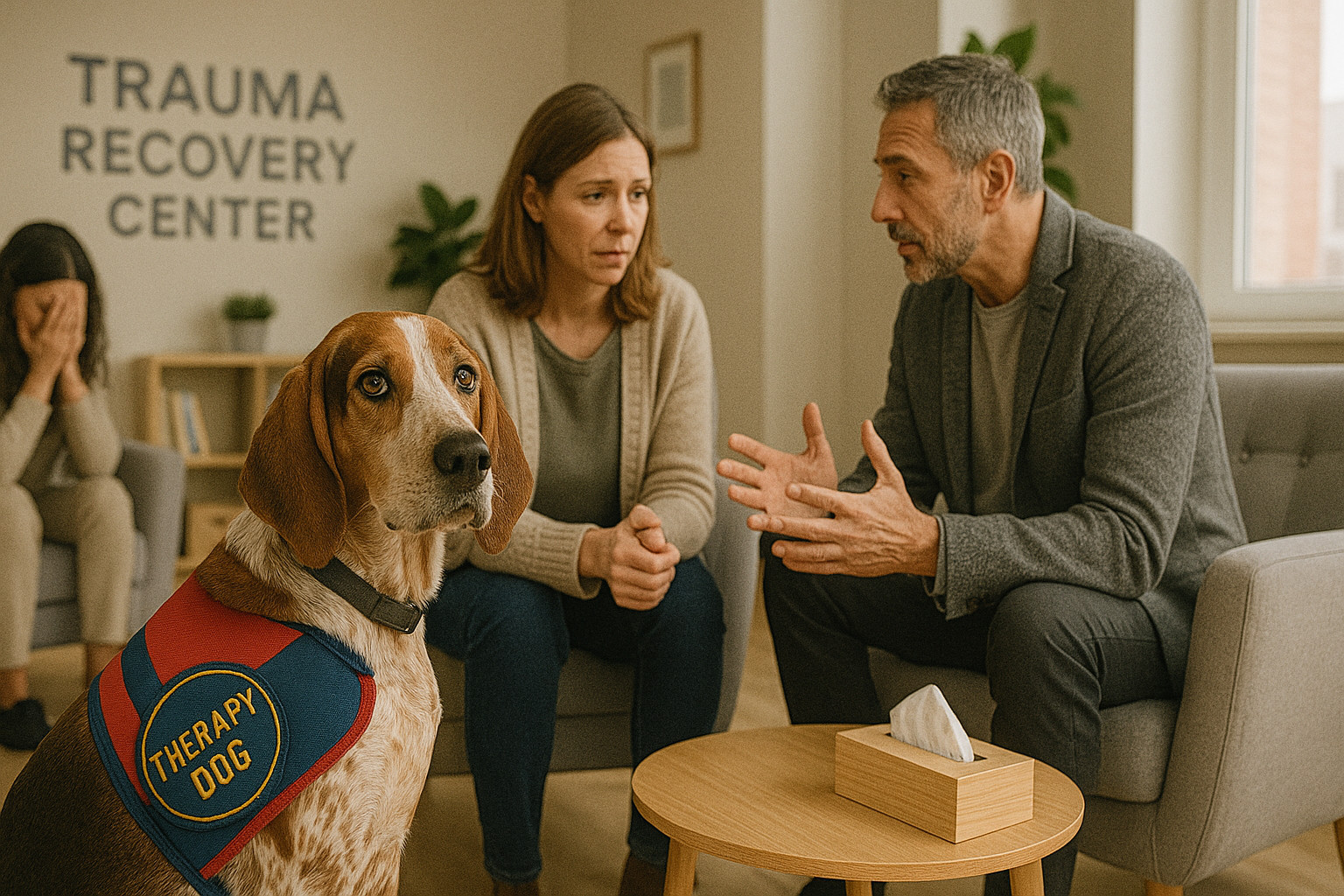
American English Coonhound as a Therapy Dog
American English Coonhound as a Therapy Dog Overview American English Coonhounds, renowned for their hunting prowess, are increasingly being recognized…
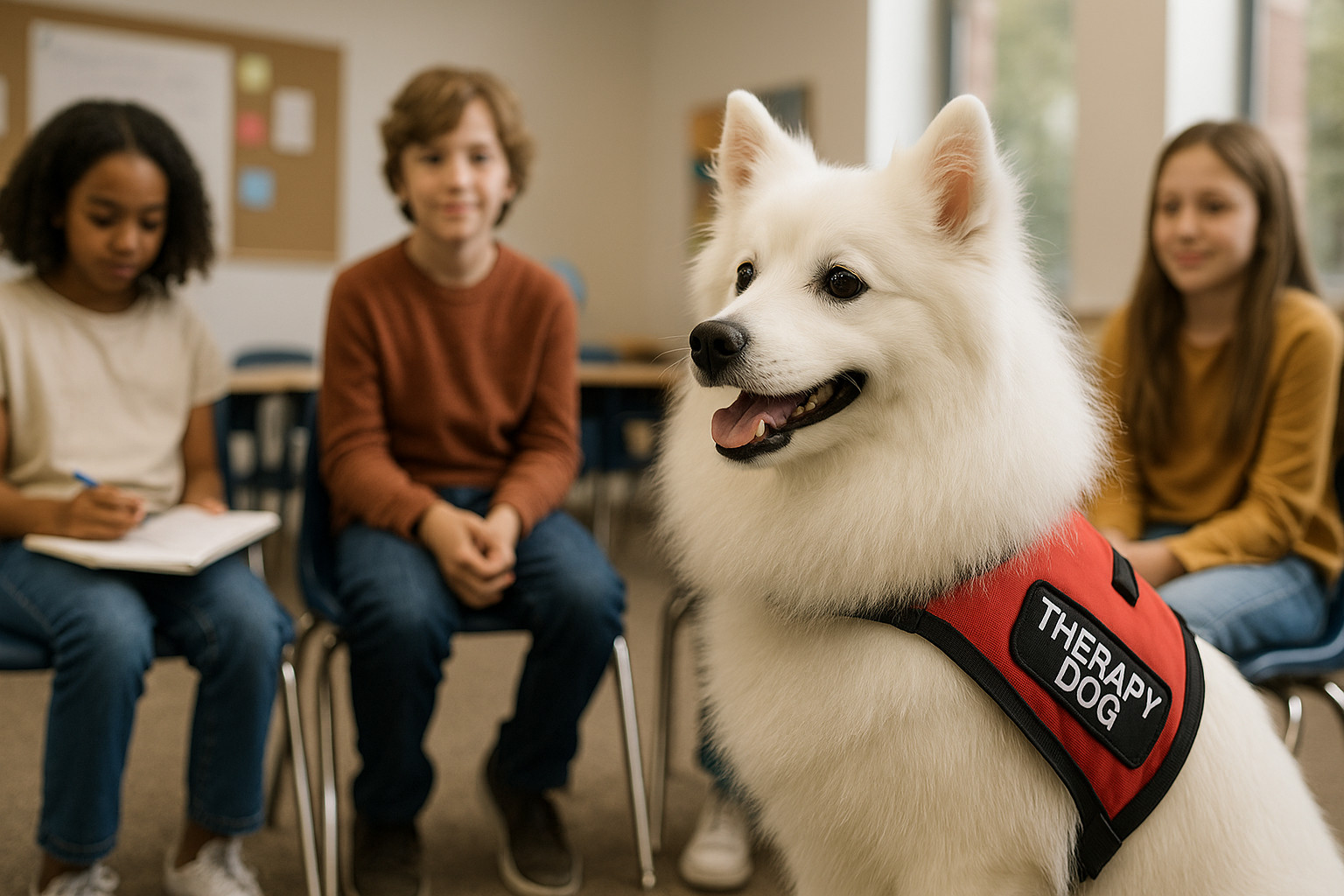
American Eskimo Dog as a Therapy Dog
The American Eskimo Dog, often recognized for its striking white coat and lively spirit, can make an exceptional therapy dog.…
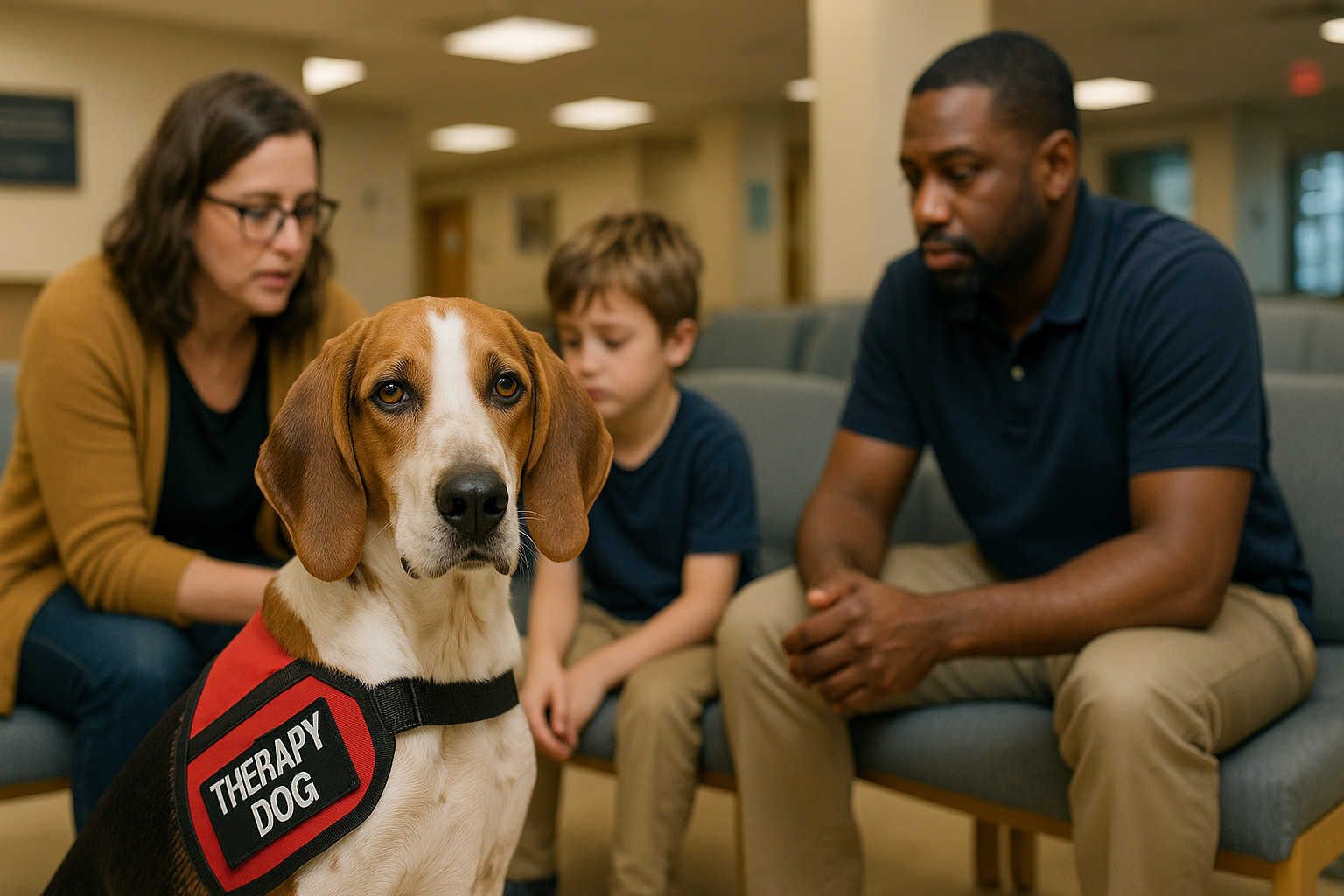
American Foxhound as a Therapy Dog
American Foxhound as a Therapy Dog Overview The American Foxhound is often celebrated for its amiable nature, incredible endurance, and…
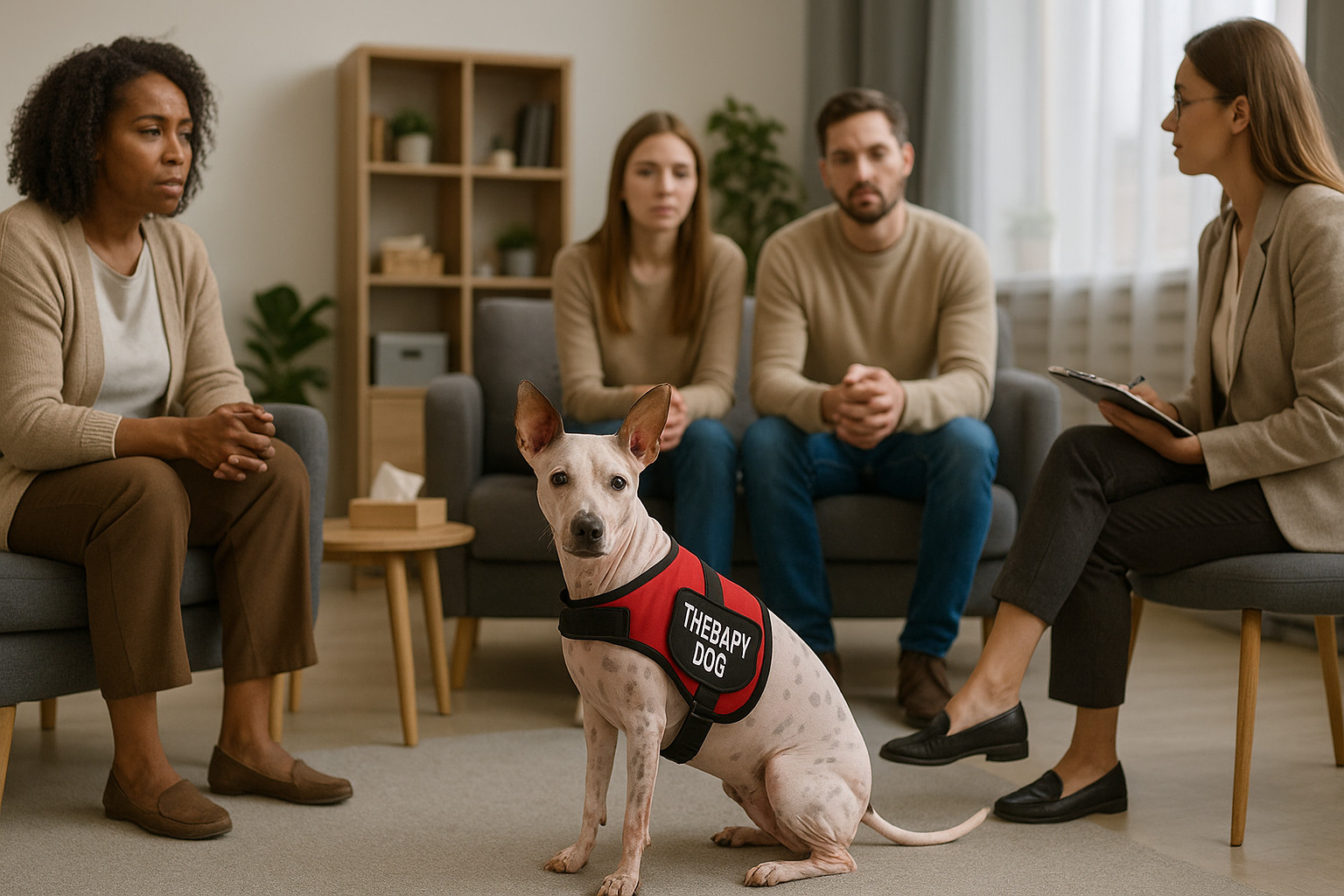
American Hairless Terrier as a Therapy Dog
American Hairless Terrier as a Therapy Dog Overview The American Hairless Terrier (AHT) has grown in popularity not just as…
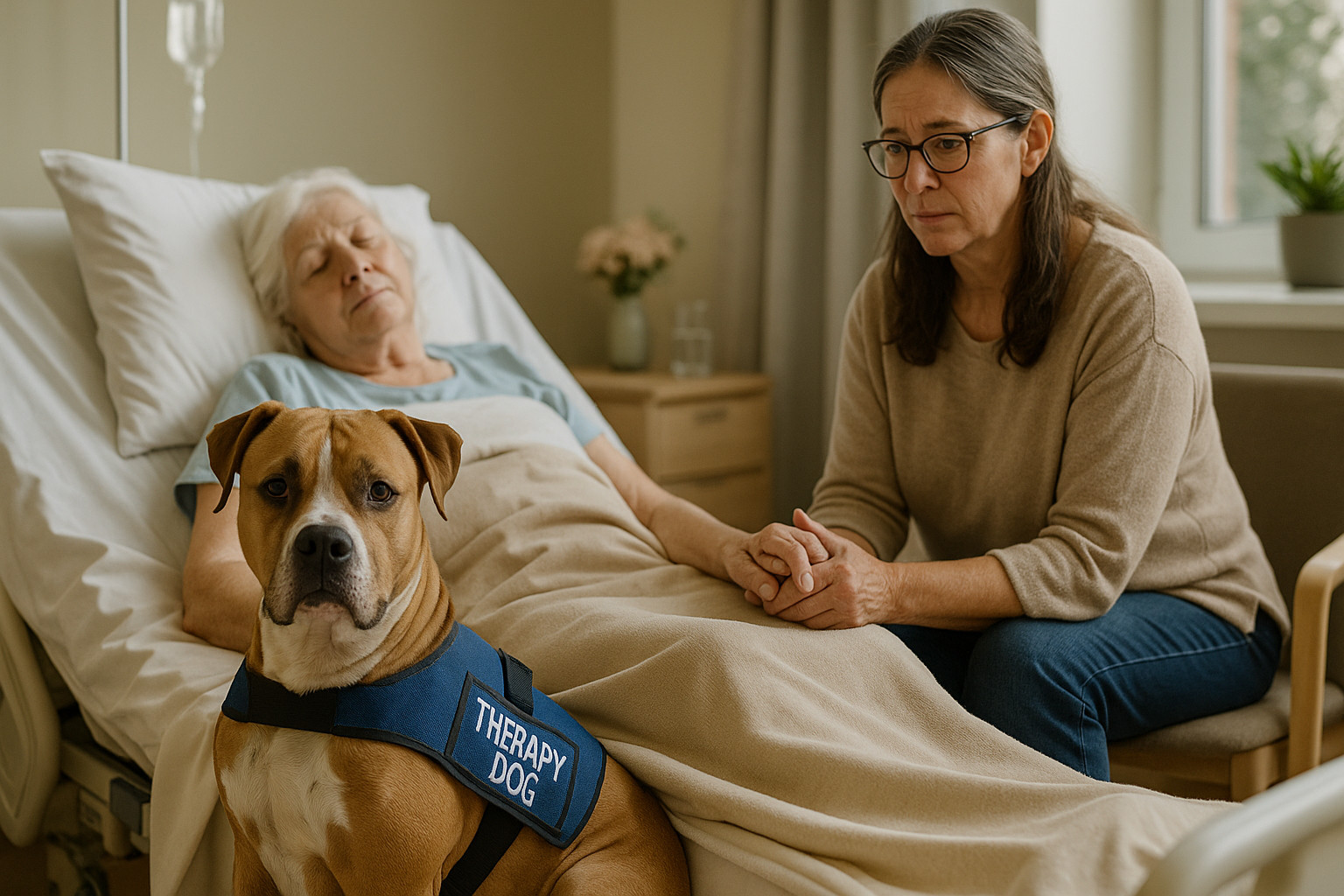
American Staffordshire Terrier as a Therapy Dog
American Staffordshire Terrier as a Therapy Dog Overview The American Staffordshire Terrier, often lovingly referred to as the AmStaff, is…
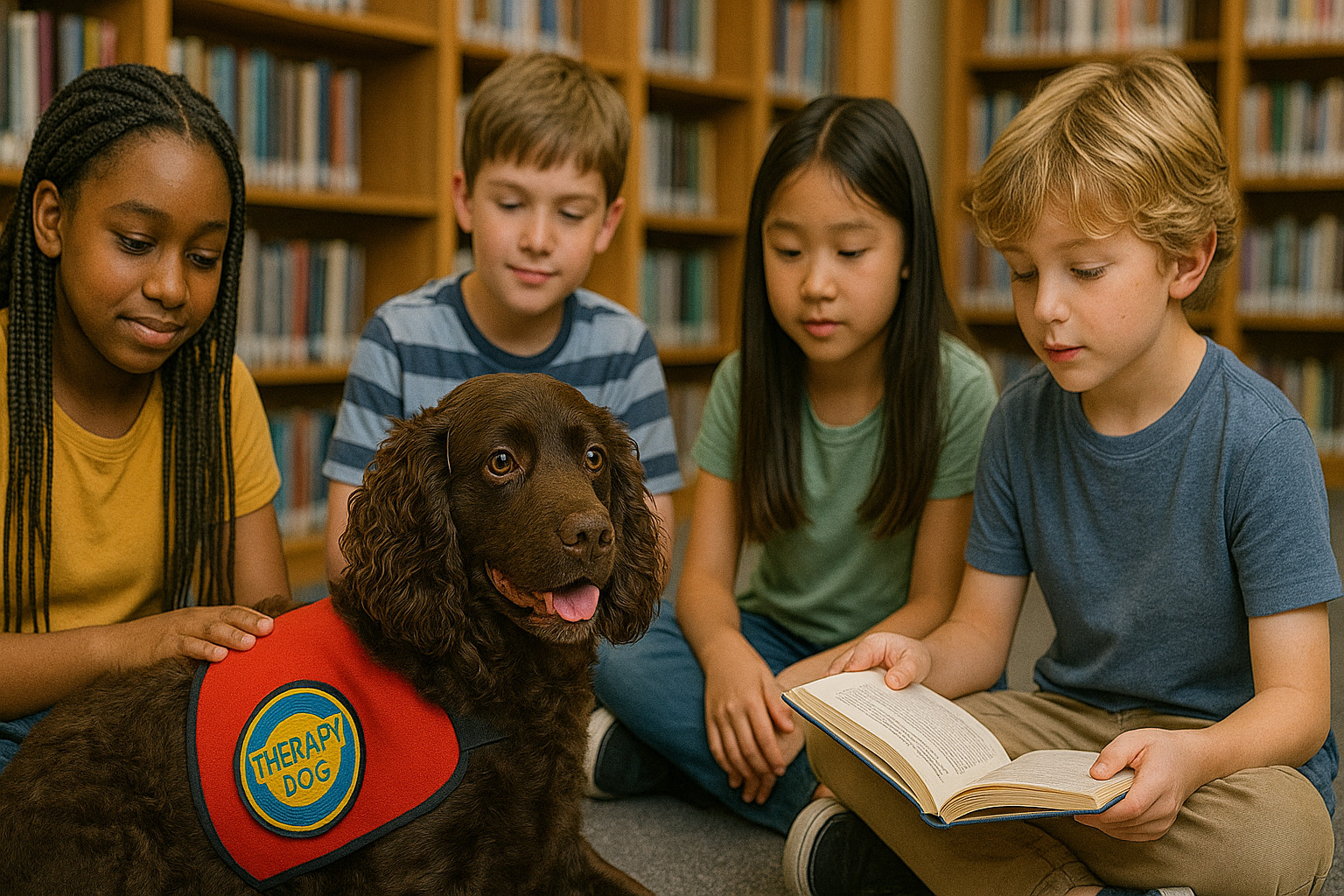
American Water Spaniel as a Therapy Dog
American Water Spaniel as a Therapy Dog Overview The American Water Spaniel, known for its versatility, resilience, and exuberant nature,…
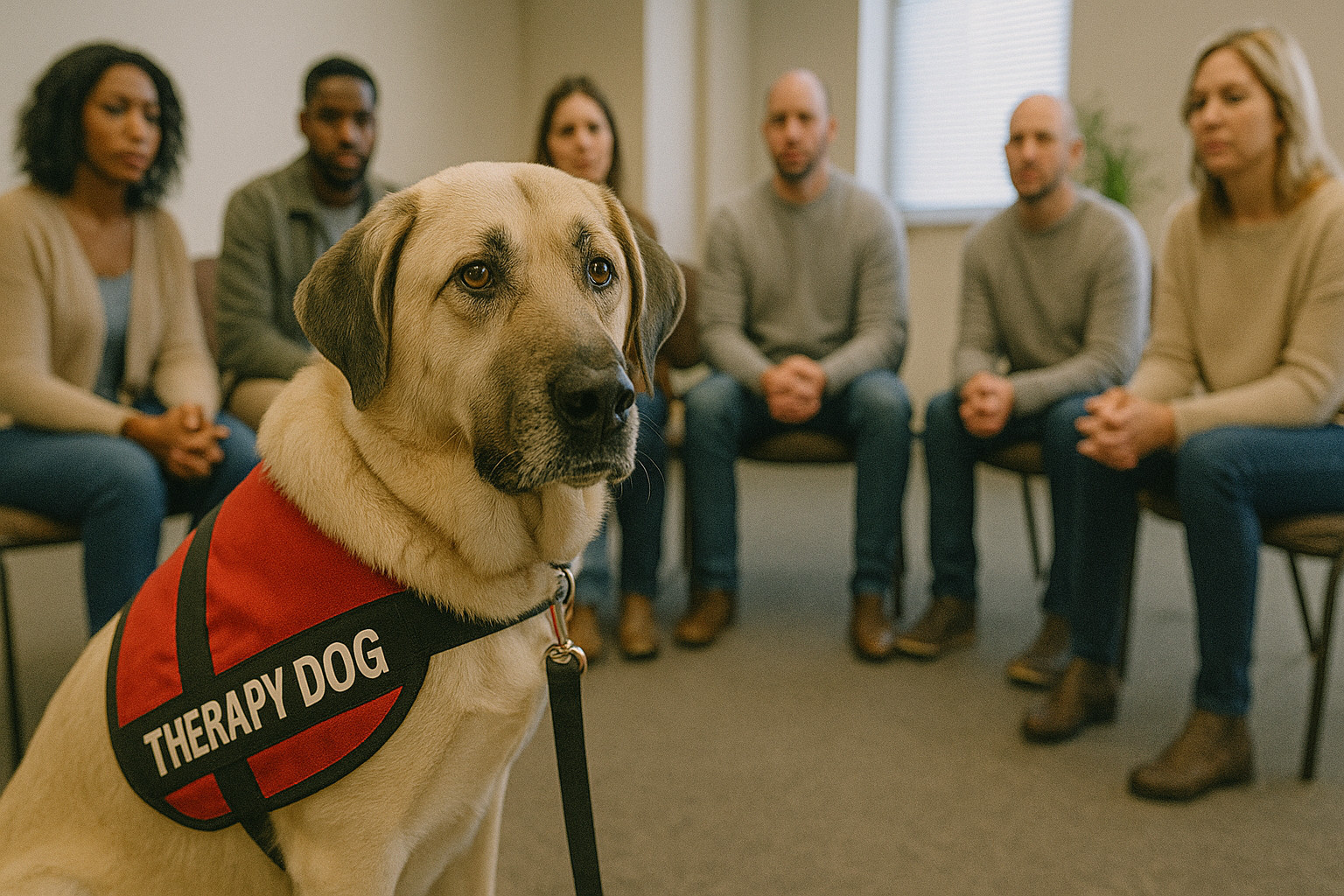
Anatolian Shepherd Dog as a Therapy Dog
Anatolian Shepherd Dog as a Therapy Dog Overview The Anatolian Shepherd Dog, revered for its protective instincts and loyalty, may…
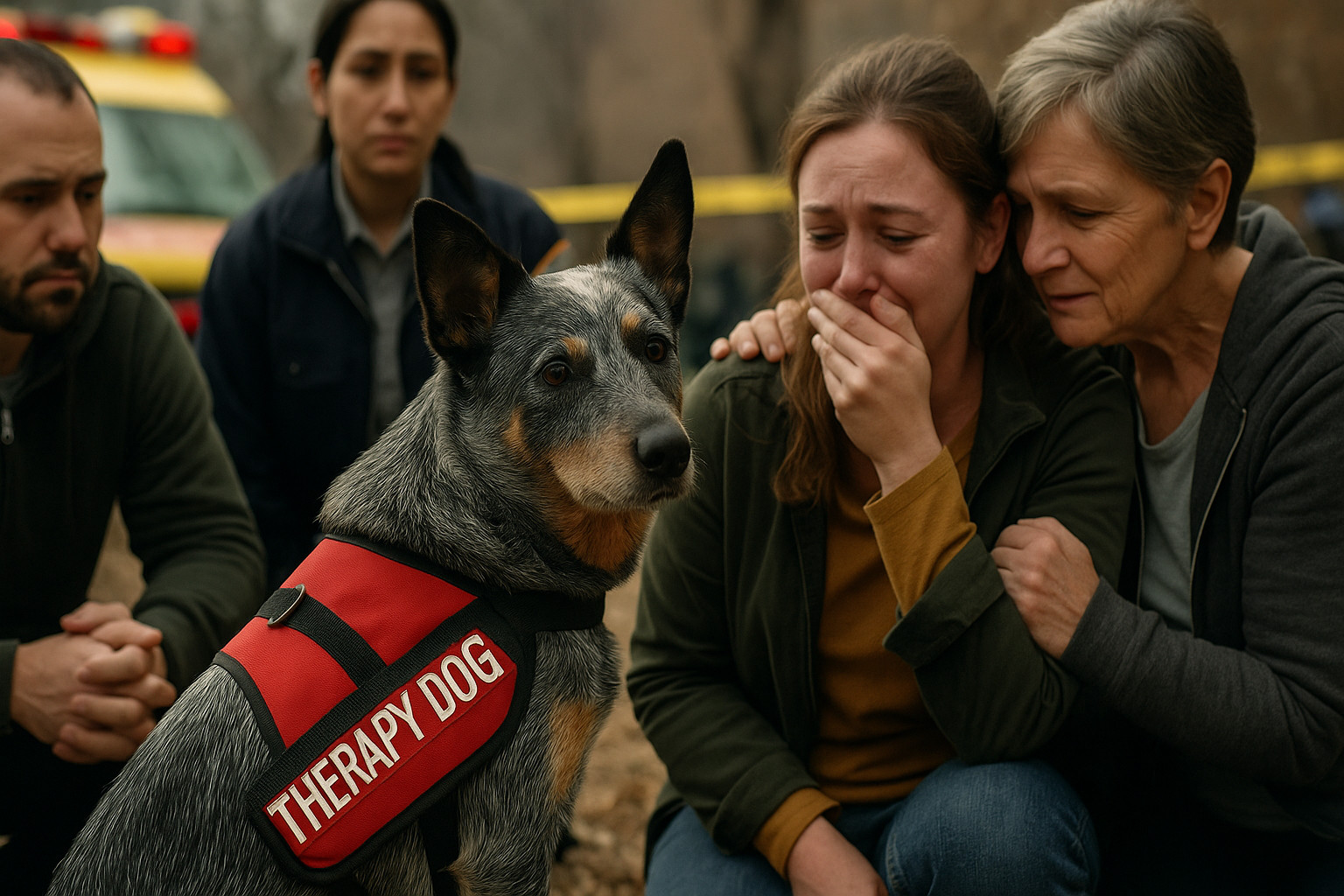
Australian Cattle Dog as a Therapy Dog
Australian Cattle Dog as a Therapy Dog Overview The Australian Cattle Dog, often known for its intelligence and energetic demeanor,…
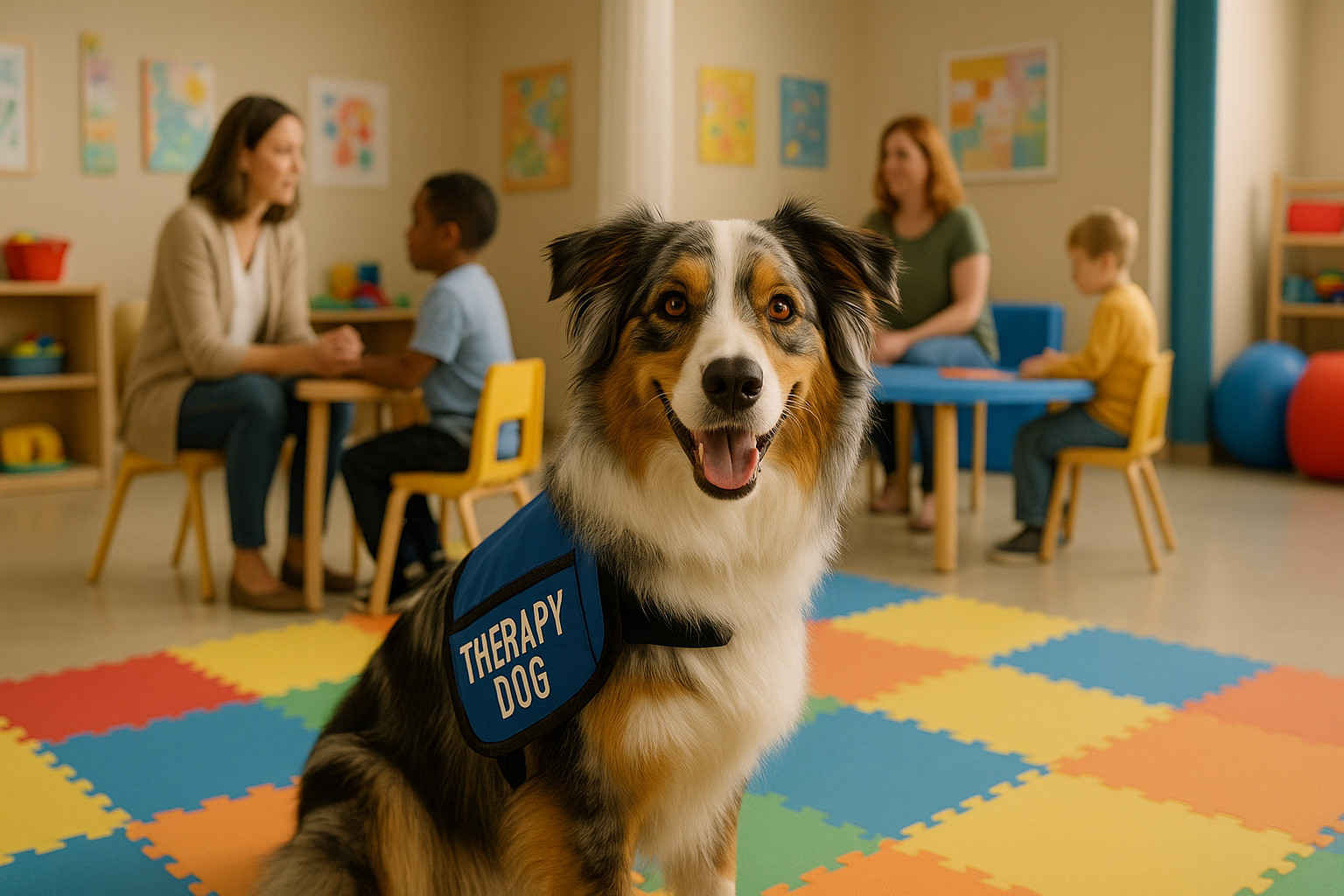
Australian Shepherd as a Therapy Dog
Australian Shepherd as a Therapy Dog Overview The Australian Shepherd, with its striking appearance and dynamic personality, is a breed…
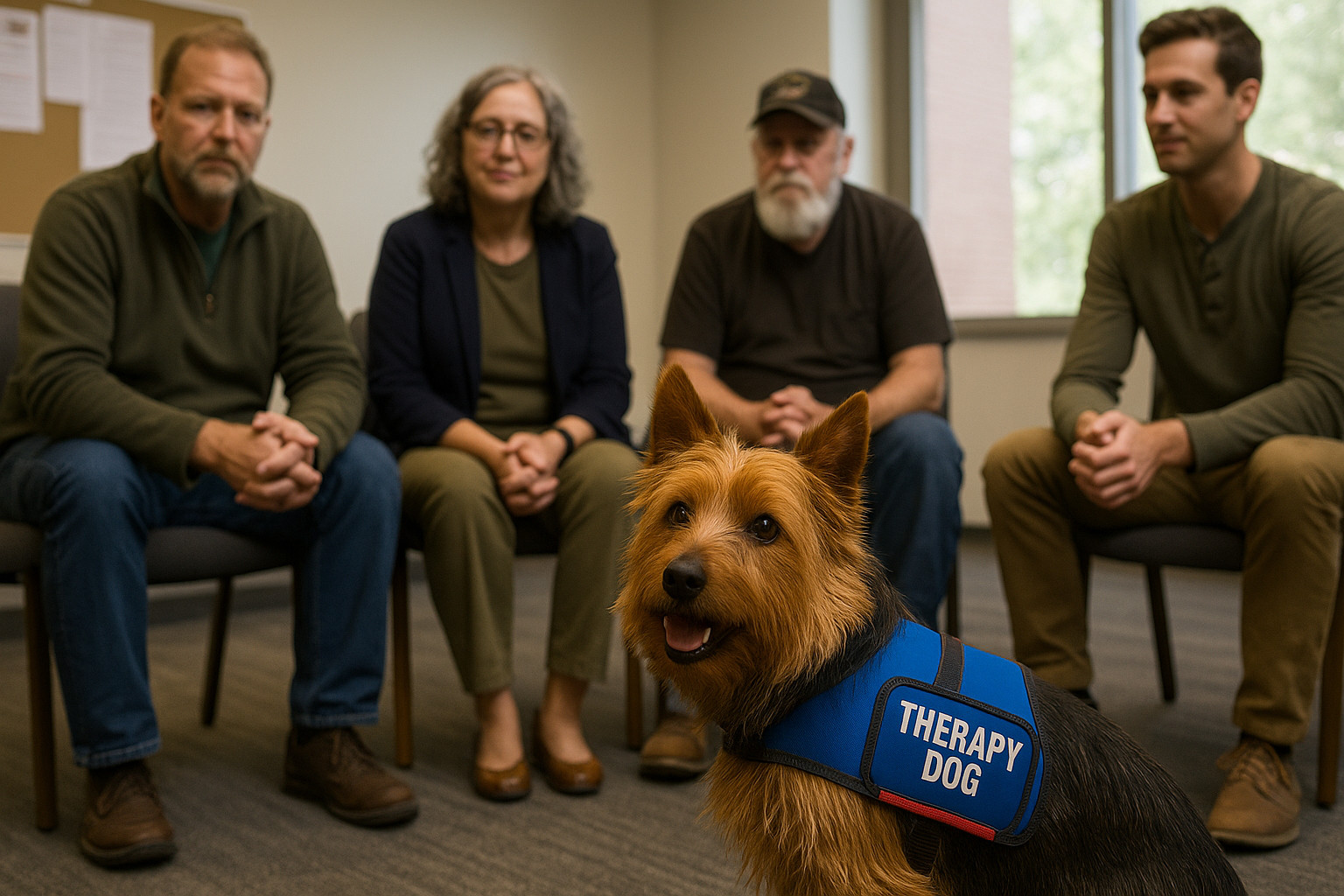
Australian Terrier as a Therapy Dog
Australian Terrier as a Therapy Dog Overview The Australian Terrier is a small, sturdy, and spirited dog breed, initially bred…

Azawakh as a Therapy Dog
Azawakh as a Therapy Dog Overview The Azawakh, an elegant and regal breed originating from the West African Sahel, is…
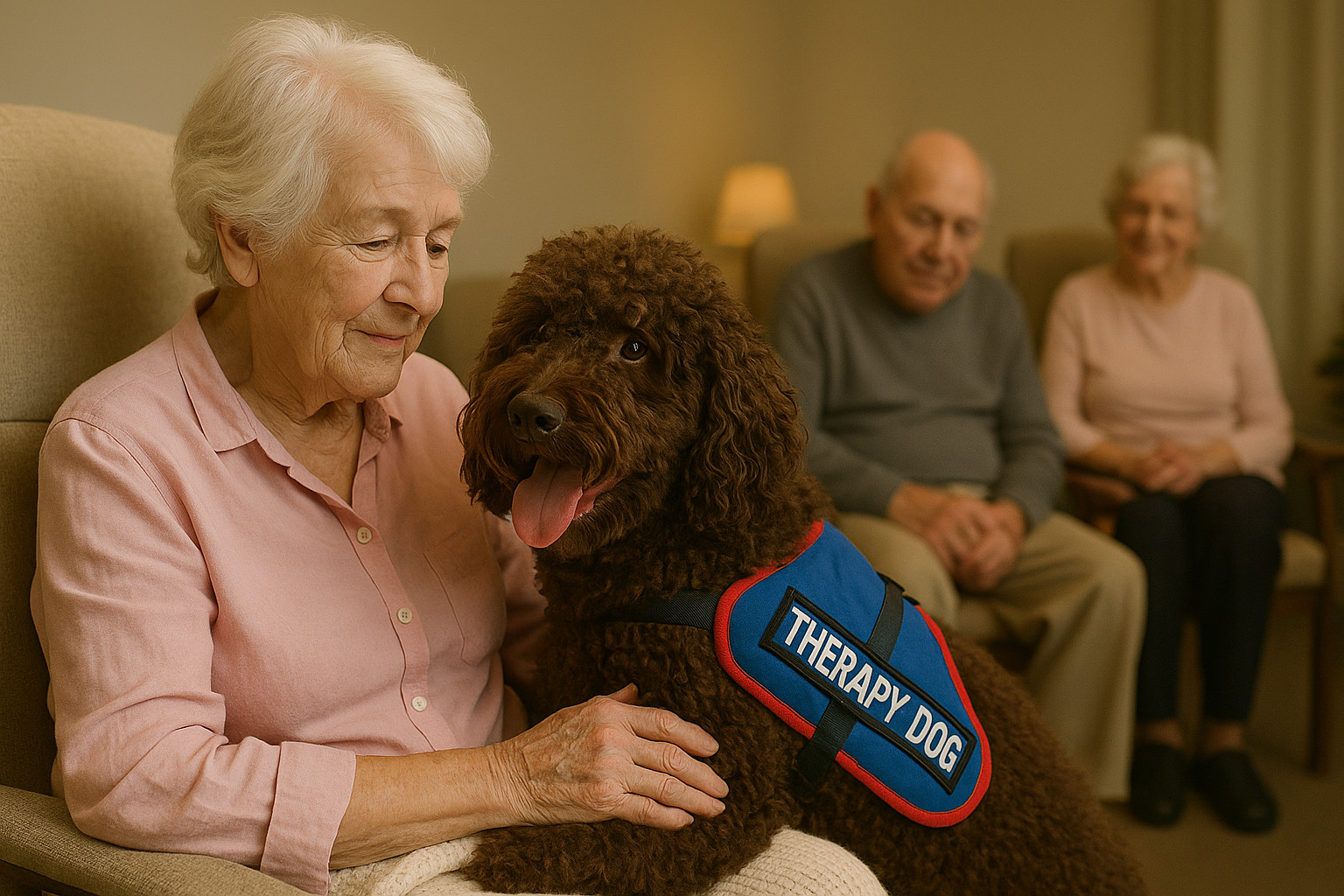
Barbet as a Therapy Dog
The Barbet, a cherished yet lesser-known breed, is making waves in the field of animal-assisted therapy. Known for its amiable…
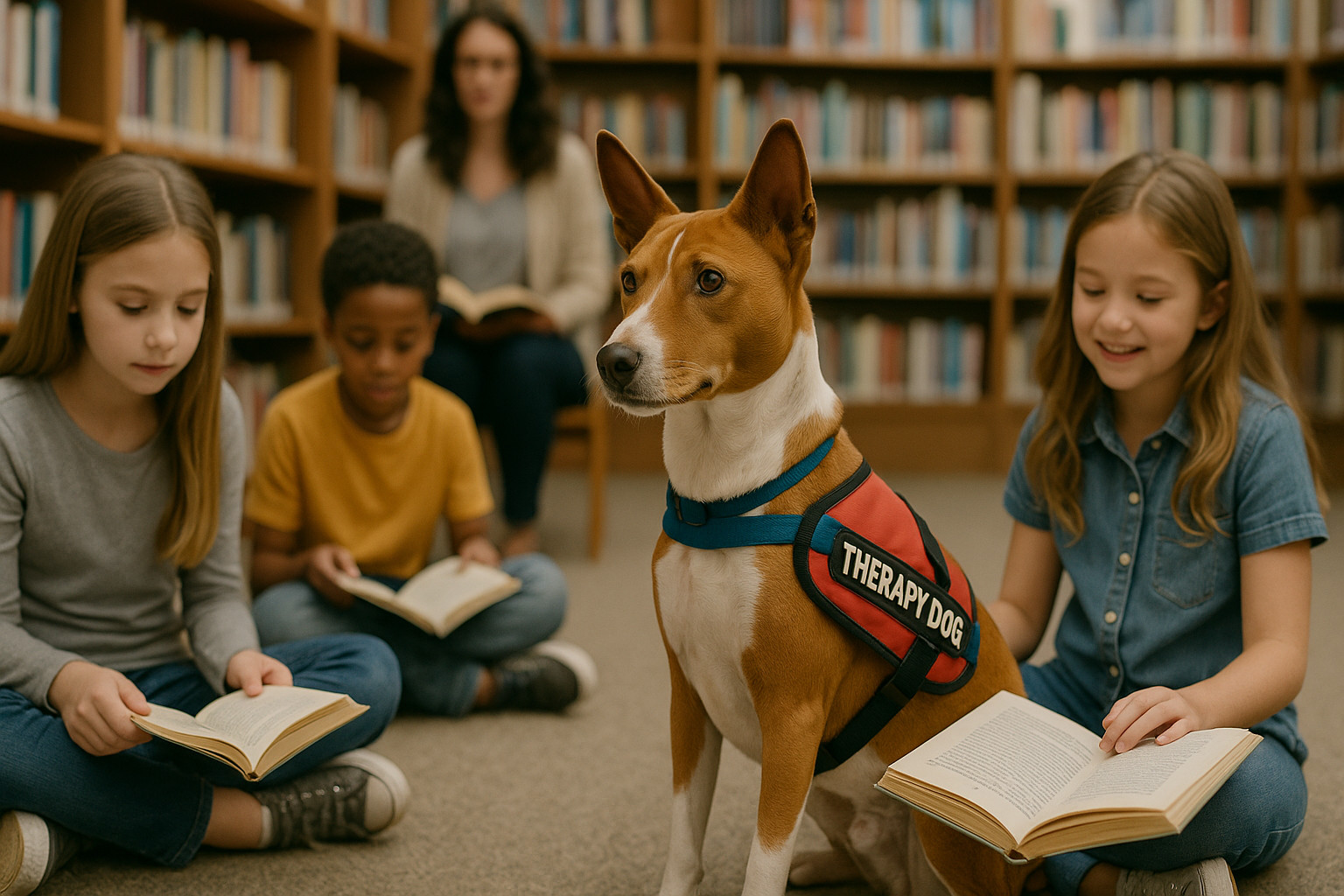
Basenji as a Therapy Dog
Basenji as a Therapy Dog Overview The Basenji is a distinctive and ancient breed known for its unique characteristics and…
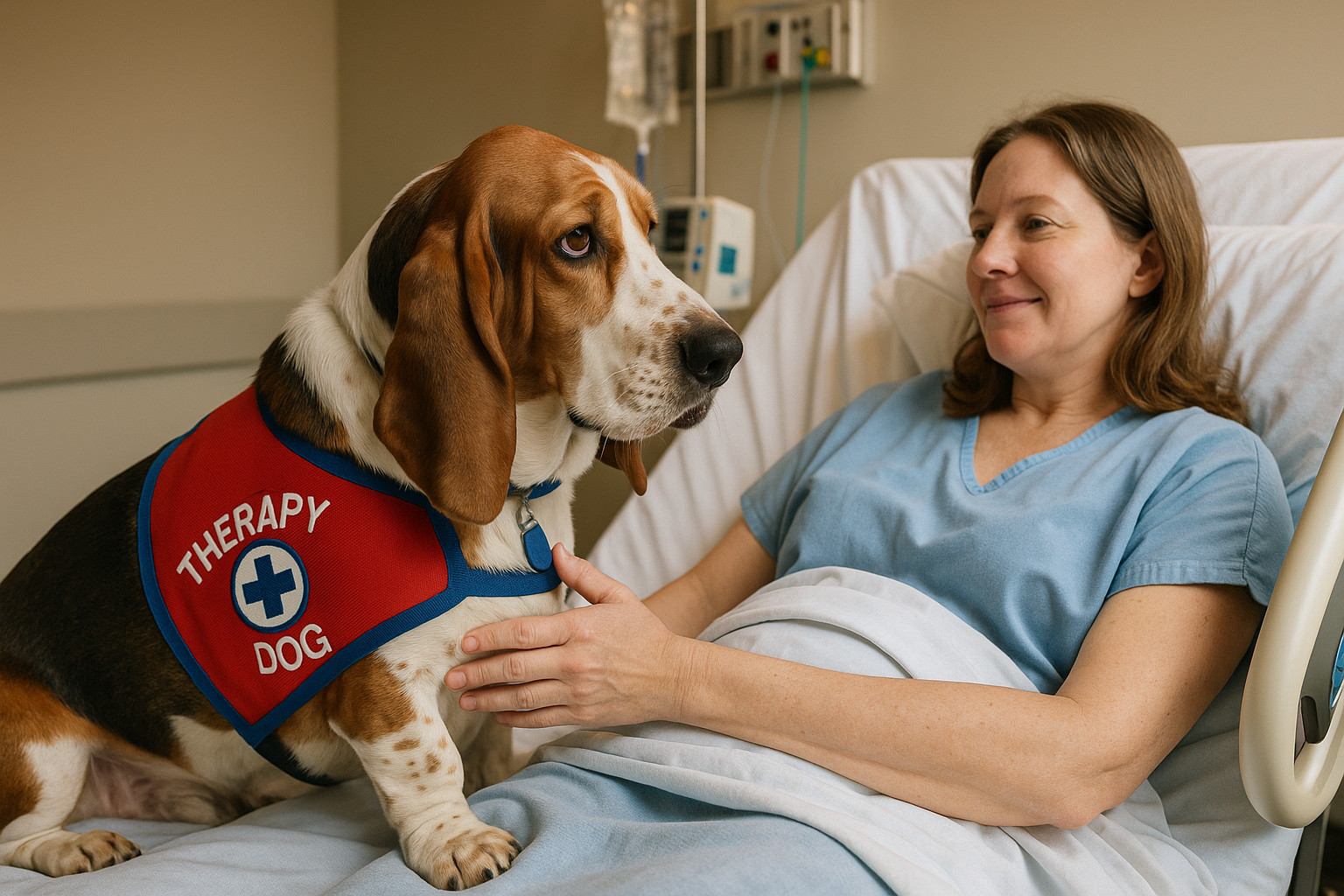
Basset Hound as a Therapy Dog
Basset Hound as a Therapy Dog Overview Basset Hounds, with their droopy ears, soulful eyes, and placid demeanor, might not…

Beagle as a Therapy Dog
Beagle as a Therapy Dog Overview The Beagle, with its engaging personality and appealing physical features, presents a unique option…
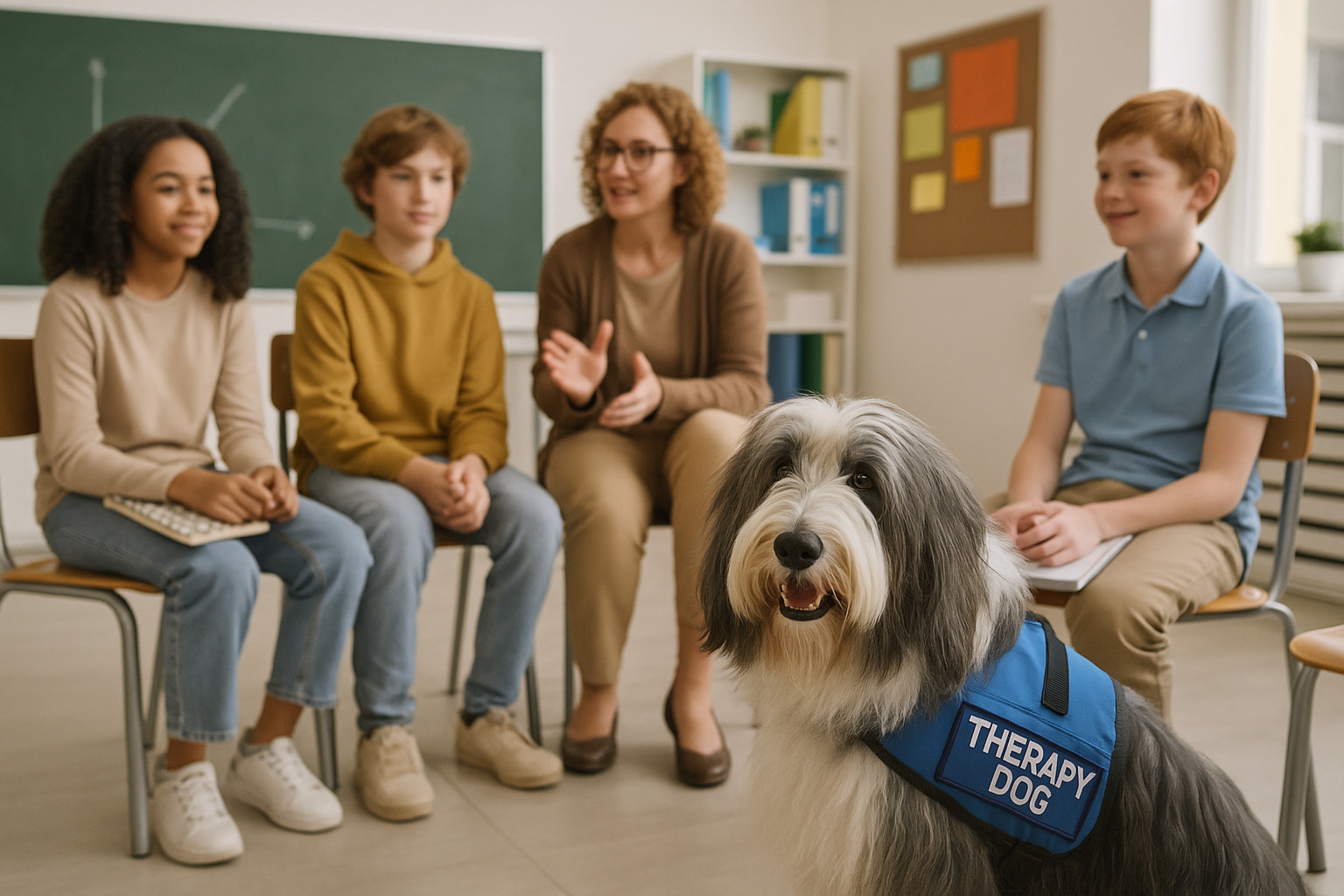
Bearded Collie as a Therapy Dog
Bearded Collie as a Therapy Dog Overview The Bearded Collie, affectionately known as the “Beardie,” is often recognized for its…
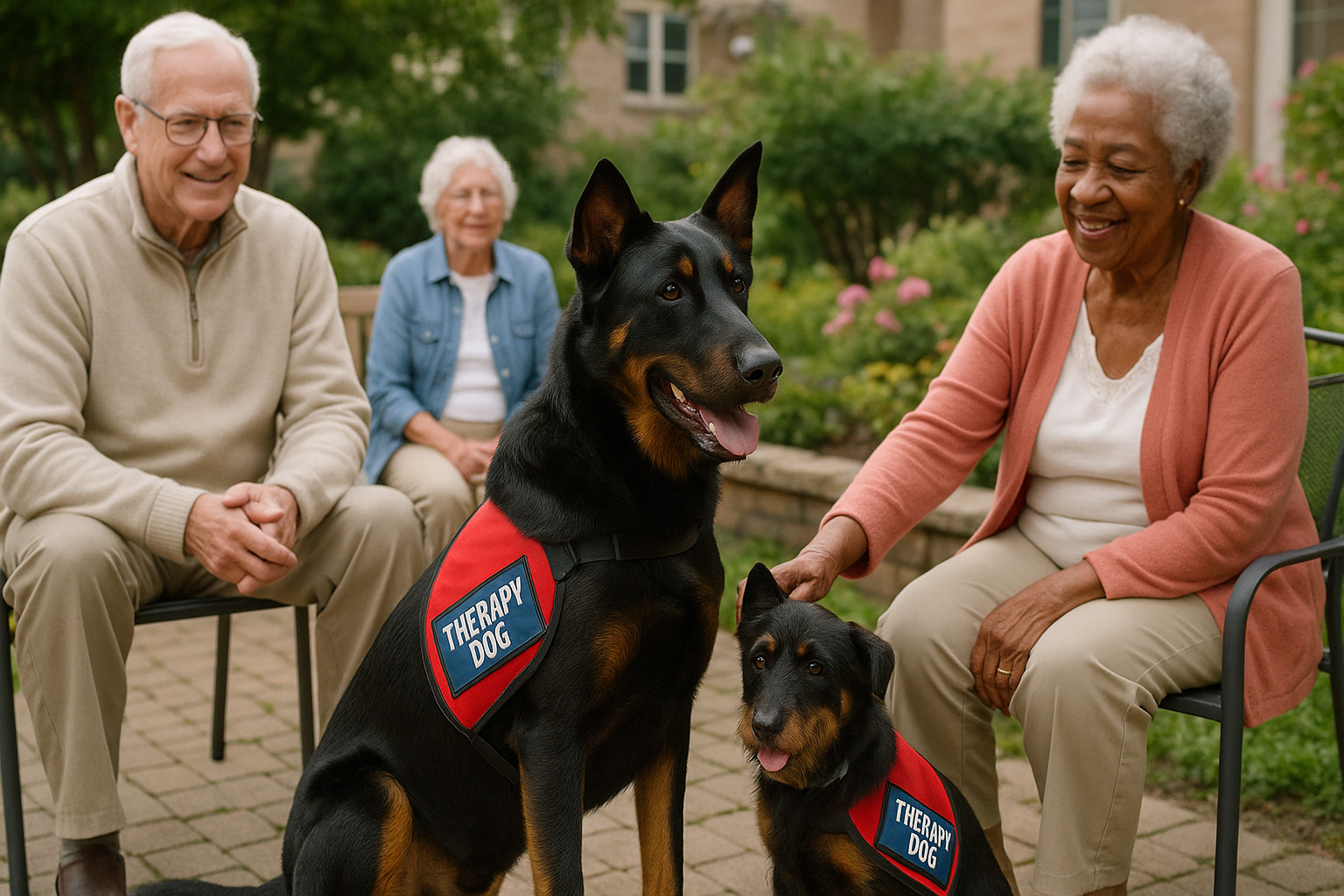
Beauceron as a Therapy Dog
Beauceron as a Therapy Dog Overview The Beauceron, a loyal and intelligent breed, is gaining recognition as a promising candidate…
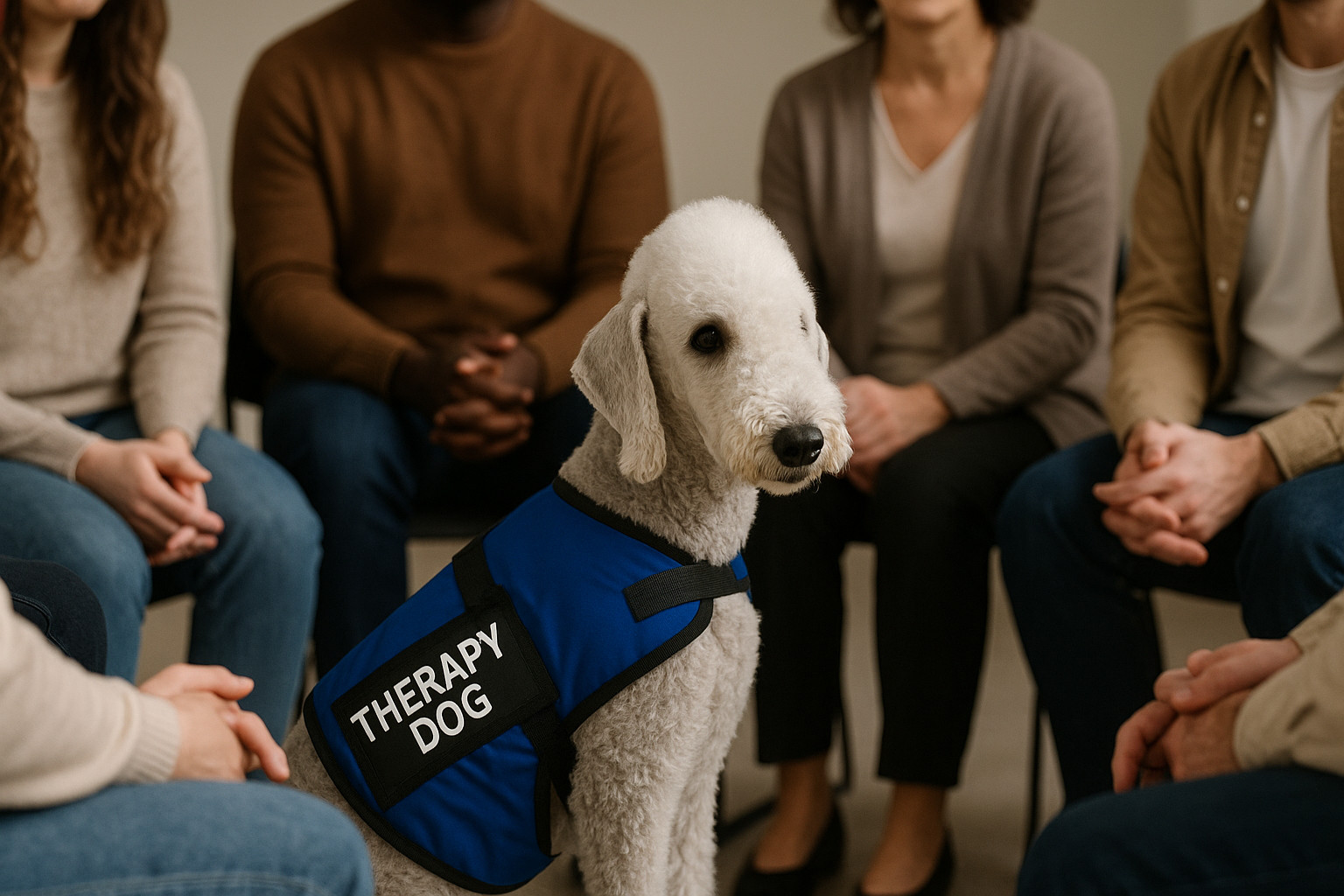
Bedlington Terrier as a Therapy Dog
Bedlington Terrier as a Therapy Dog Overview The Bedlington Terrier, with its lamb-like appearance and gentle nature, presents an intriguing…
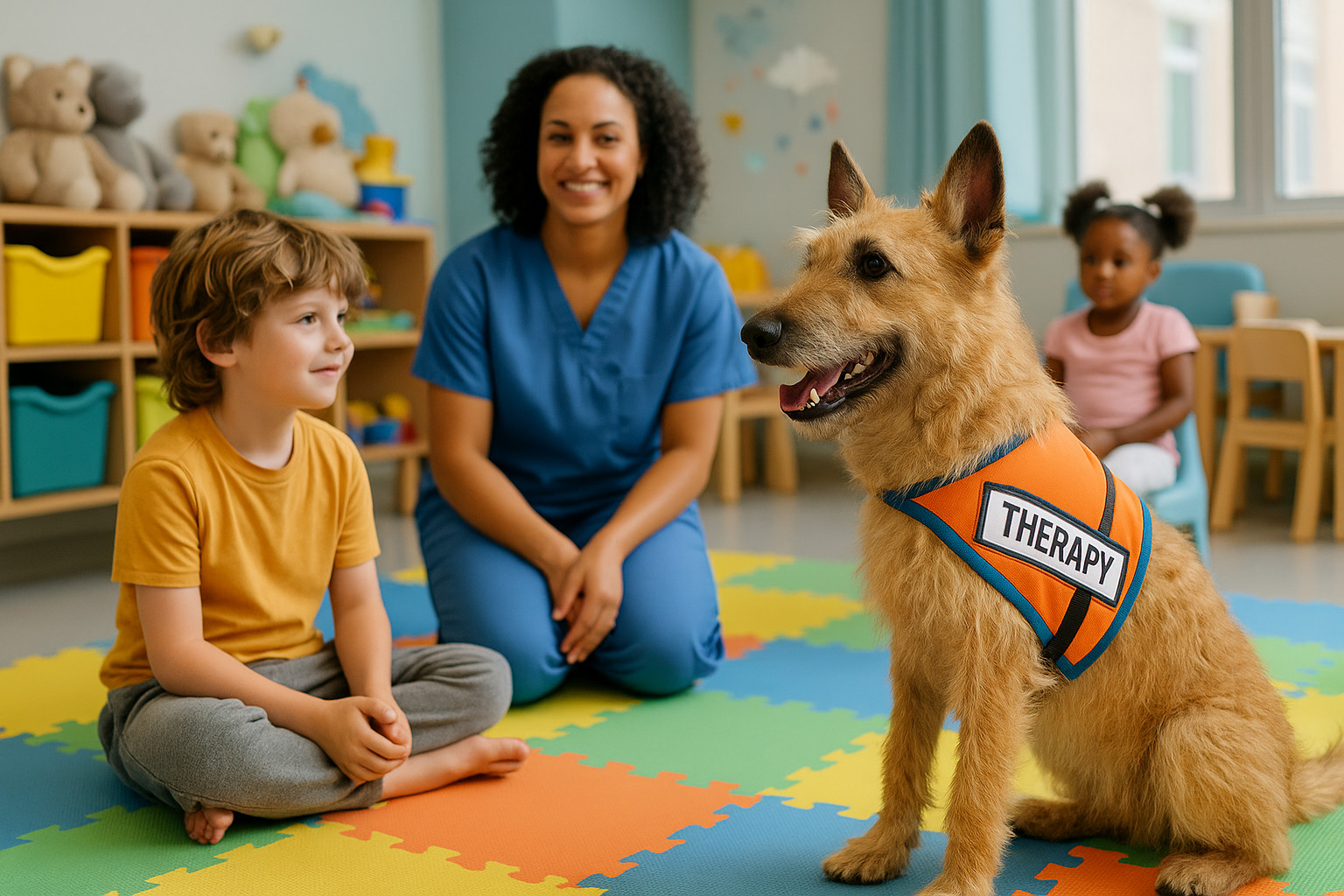
Belgian Laekenois as a Therapy Dog
The Belgian Laekenois, one of the four distinct breeds of the Belgian Shepherd family, is a versatile and intelligent dog.…

Belgian Malinois as a Therapy Dog
Belgian Malinois as a Therapy Dog Overview The Belgian Malinois is a versatile and intelligent breed known for its work…

Belgian Sheepdog as a Therapy Dog
Belgian Sheepdog as a Therapy Dog Overview The Belgian Sheepdog, also known as the Belgian Groenendael, is a versatile and…
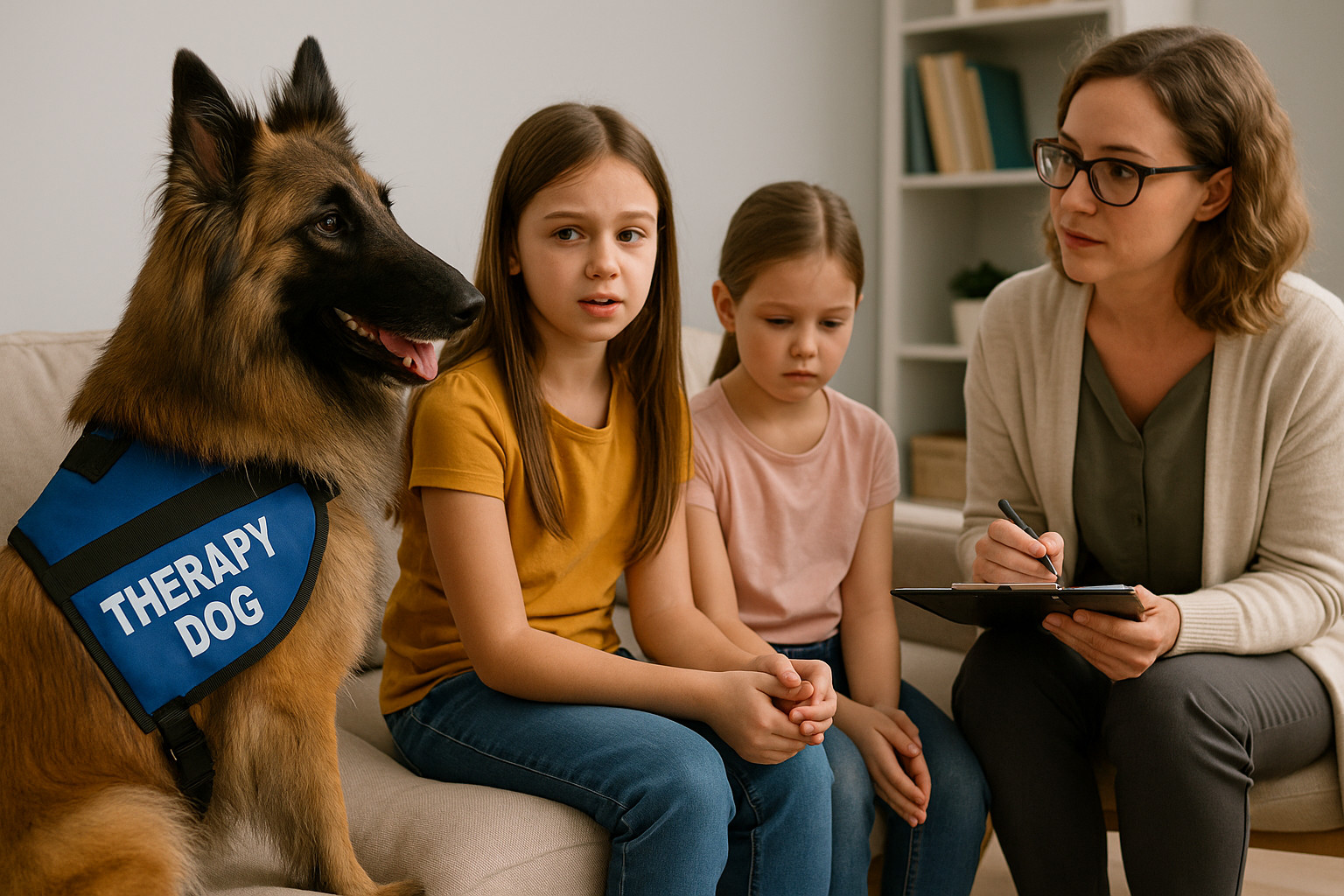
Belgian Tervuren as a Therapy Dog
Belgian Tervuren as a Therapy Dog Overview The Belgian Tervuren, a variety of the Belgian Shepherd, is renowned for its…
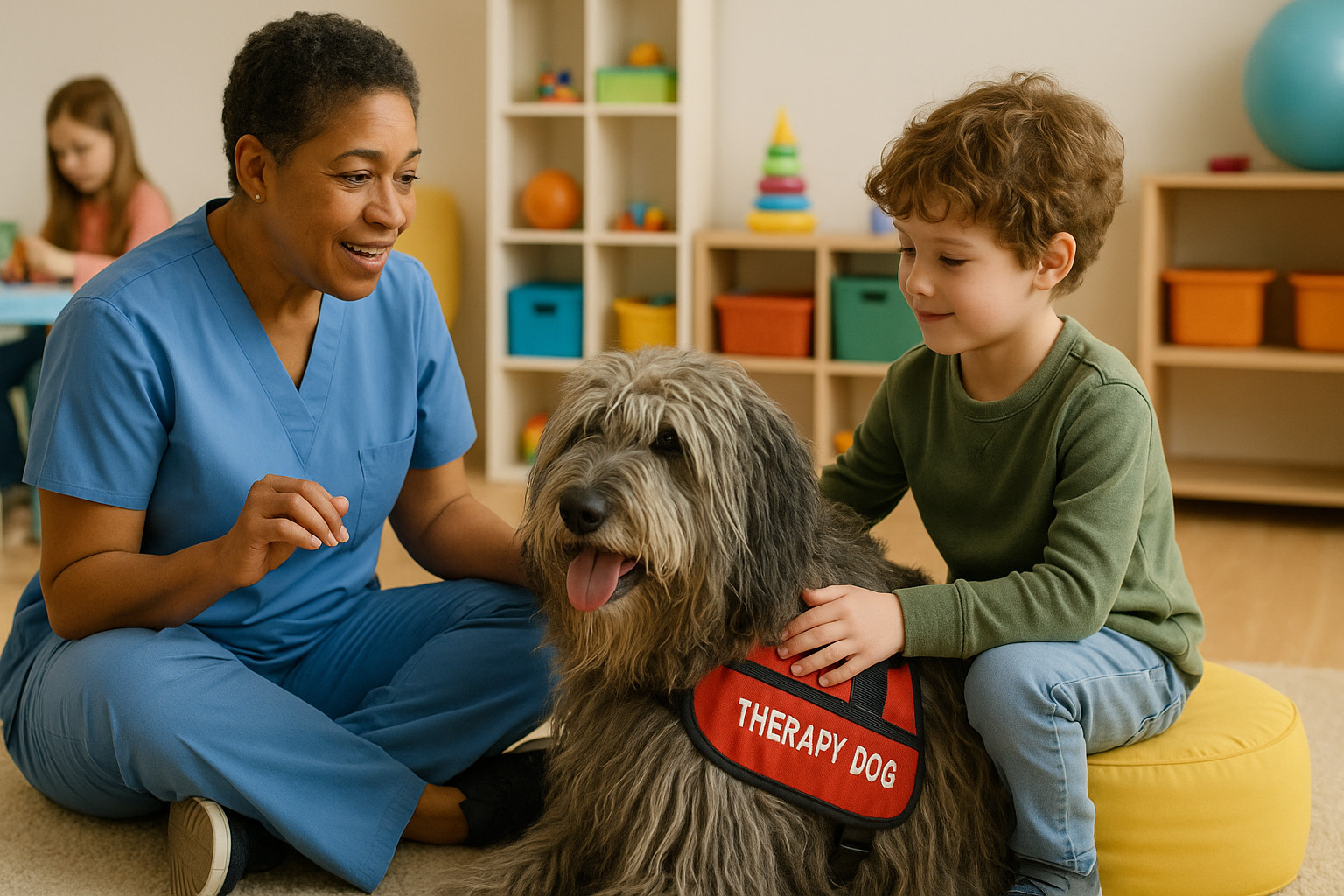
Bergamasco Sheepdog as a Therapy Dog
Bergamasco Sheepdog as a Therapy Dog Overview The Bergamasco Sheepdog, with its distinctive coat and gentle disposition, is increasingly recognized…
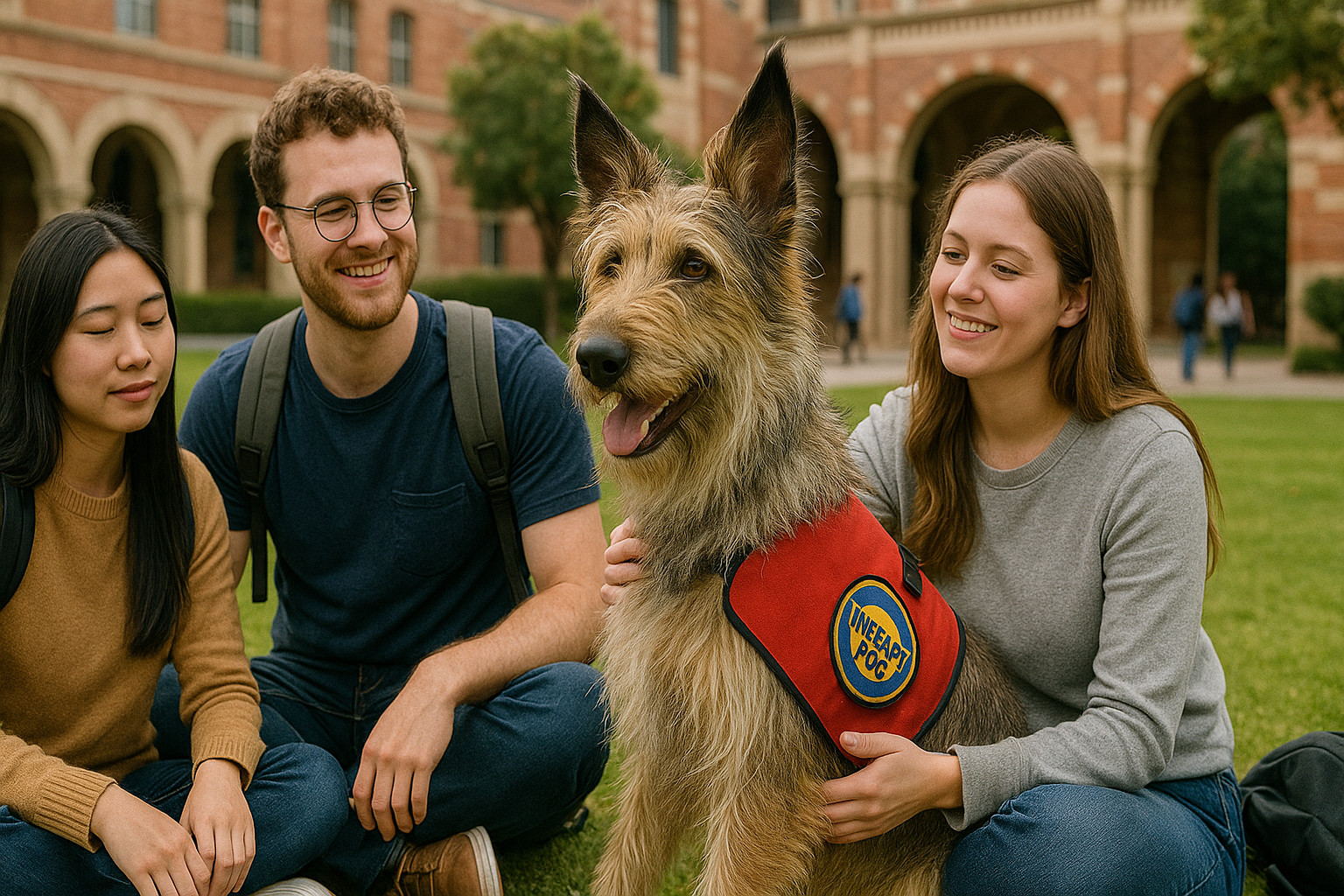
Berger Picard as a Therapy Dog
Berger Picard as a Therapy Dog Overview The Berger Picard, a charming and intelligent breed, has begun to gain recognition…
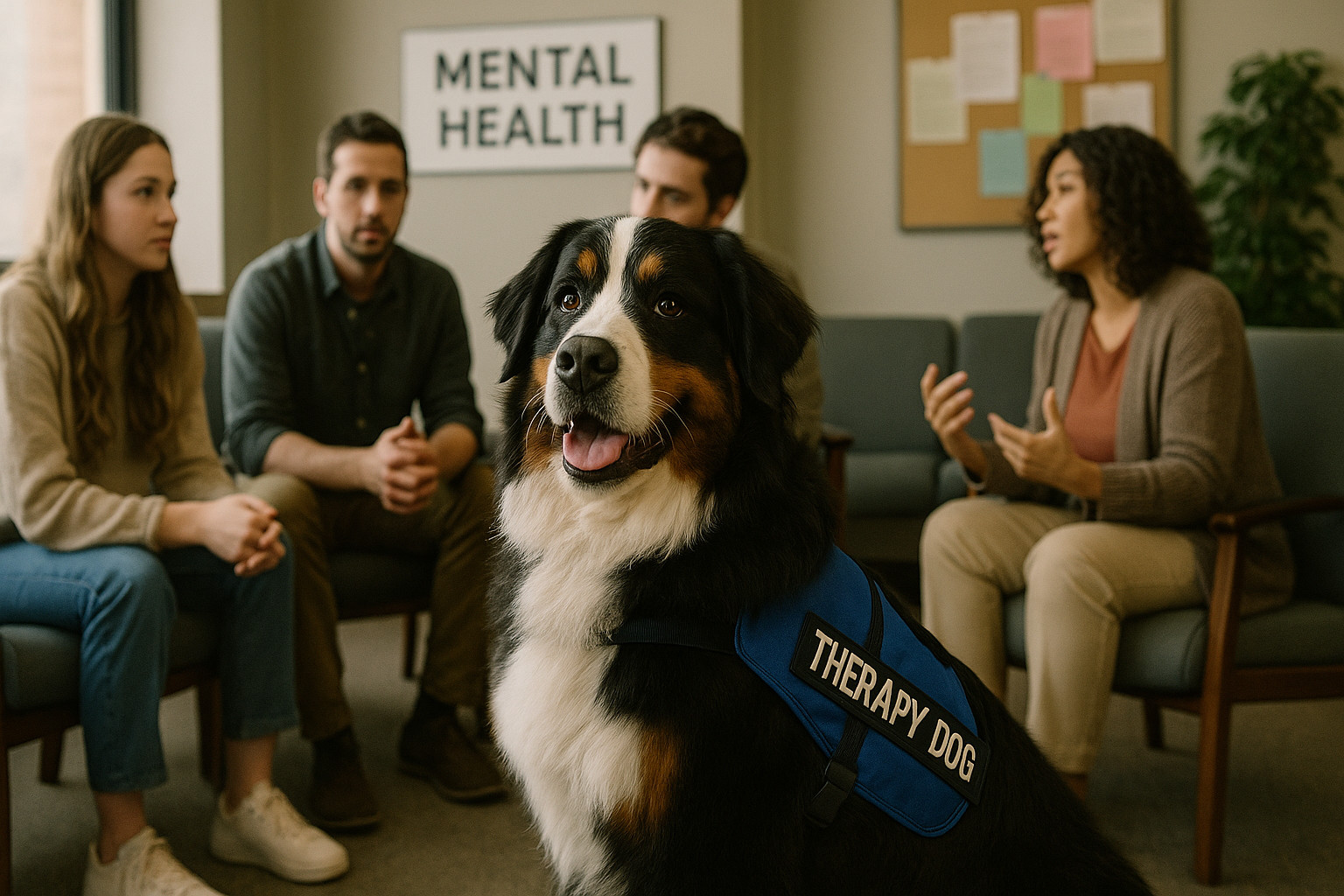
Bernese Mountain Dog as a Therapy Dog
Bernese Mountain Dog as a Therapy Dog Overview The Bernese Mountain Dog, with its calm demeanor and affectionate nature, has…
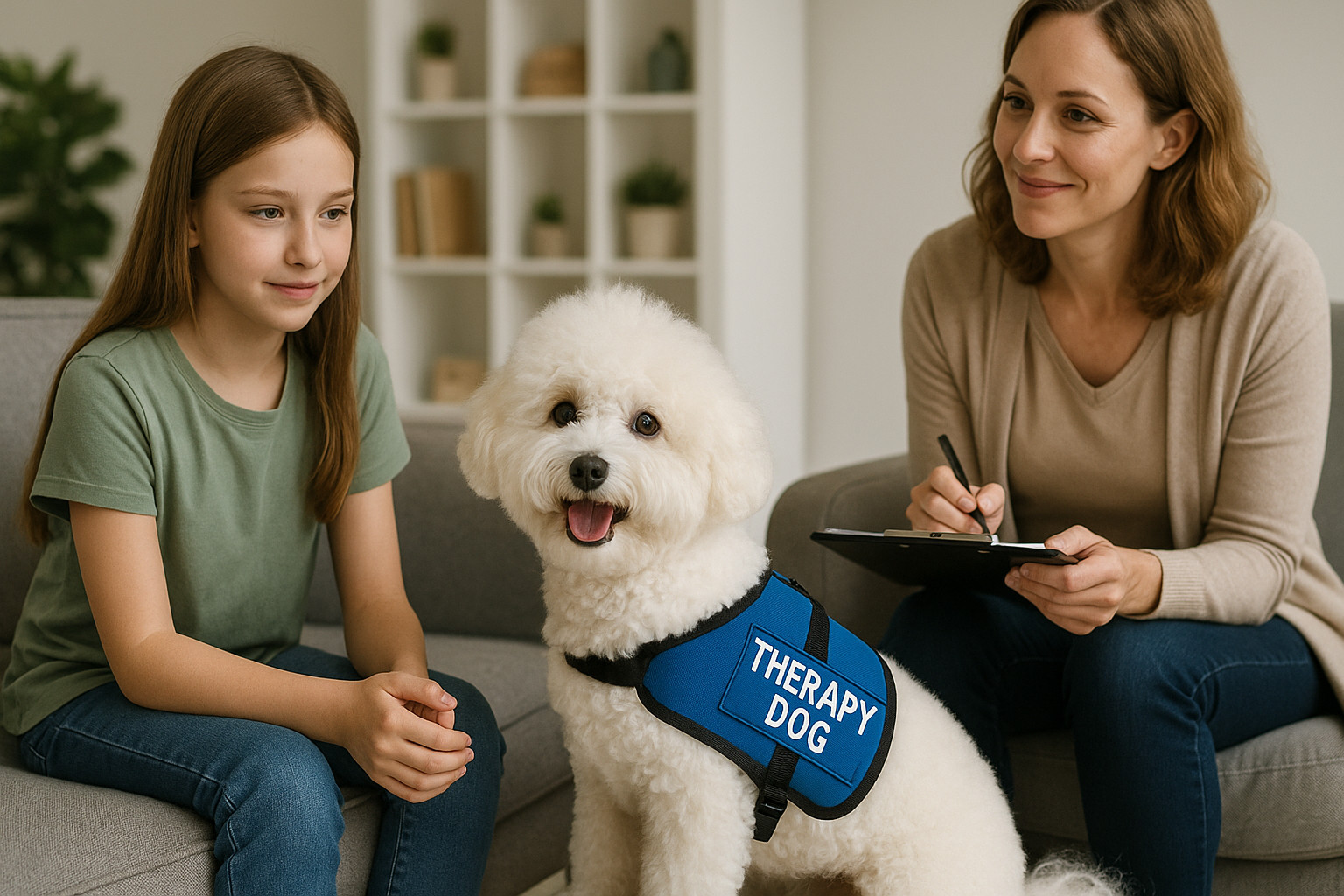
Bichon Frise as a Therapy Dog
Bichon Frise as a Therapy Dog Overview The Bichon Frise, with its charming disposition and adaptable nature, has continuously gained…
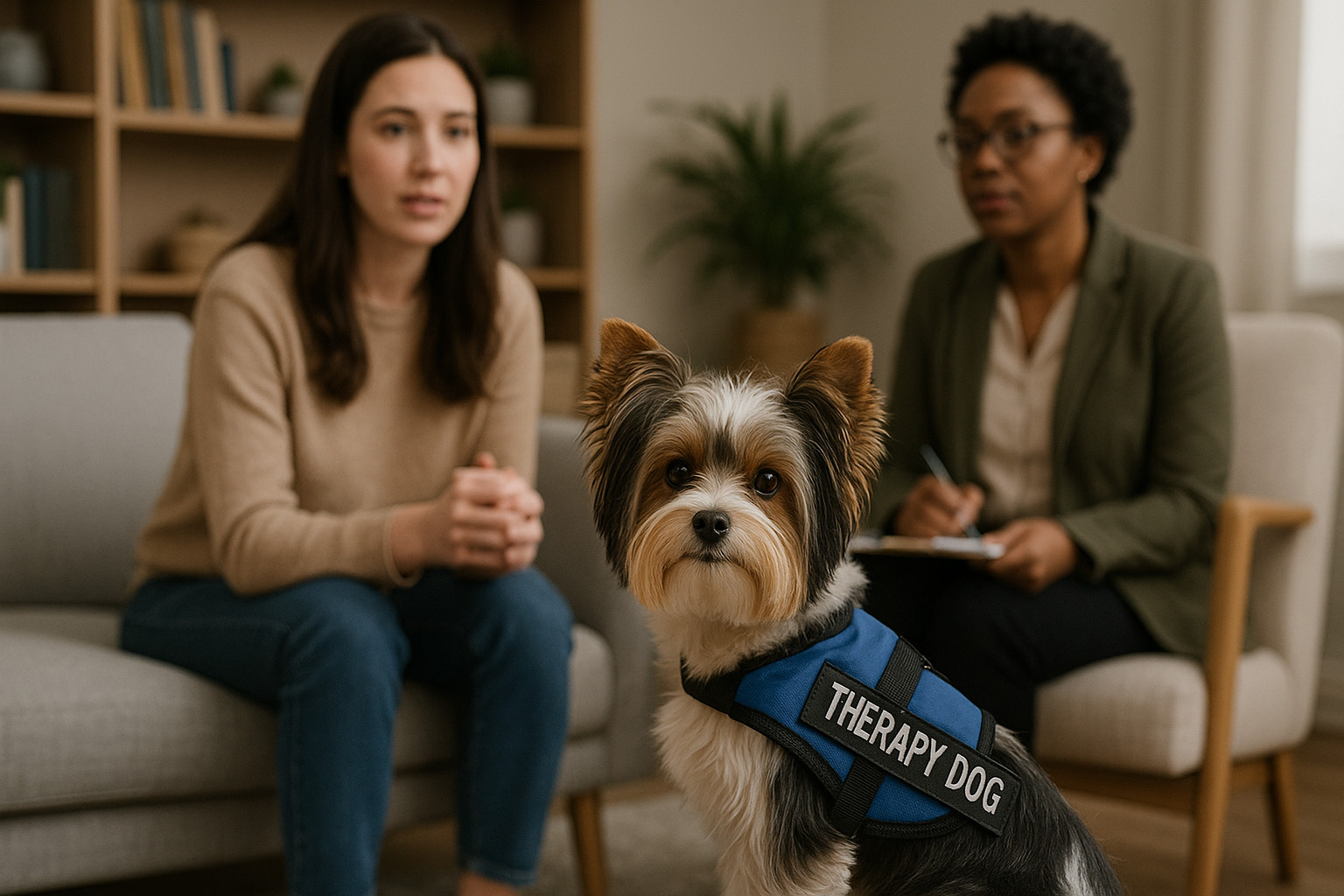
Biewer Terrier as a Therapy Dog
Biewer Terrier as a Therapy Dog Overview The Biewer Terrier, a small but enthusiastic breed, has captured the hearts of…
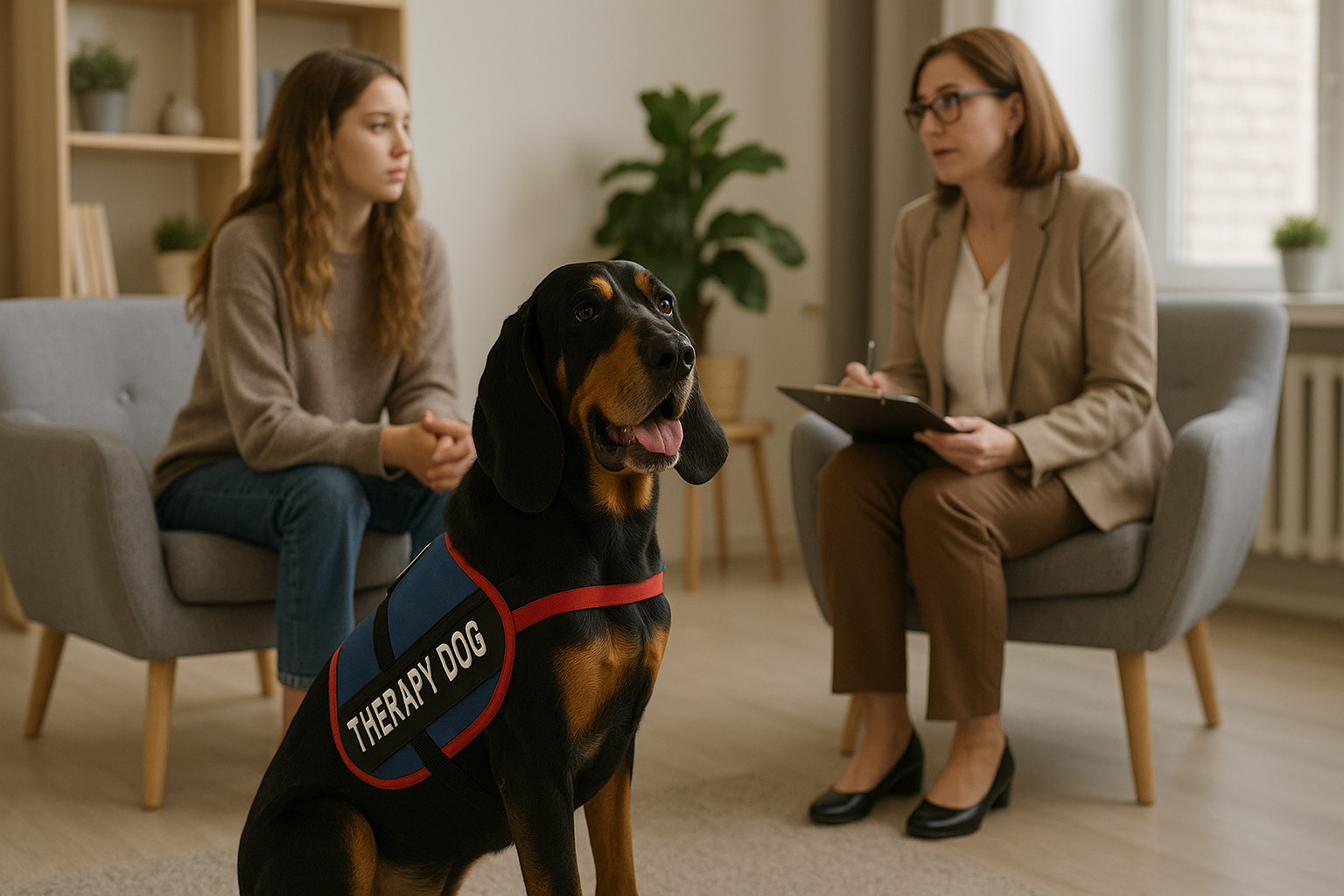
Black and Tan Coonhound as a Therapy Dog
Black and Tan Coonhound as a Therapy Dog Overview The Black and Tan Coonhound, known for its keen sense of…
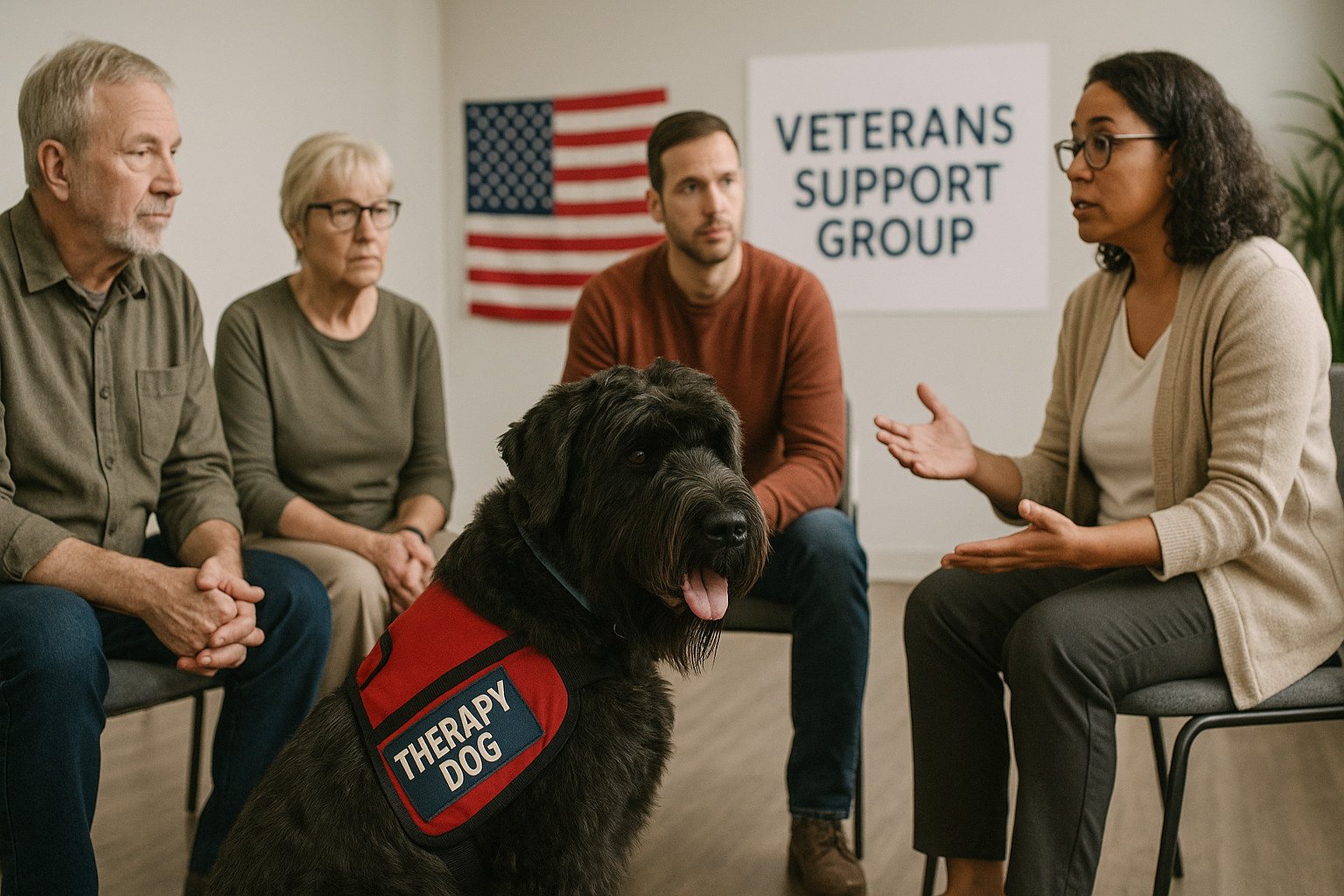
Black Russian Terrier as a Therapy Dog
Black Russian Terrier as a Therapy Dog Overview The Black Russian Terrier (BRT), a large and powerful breed known for…
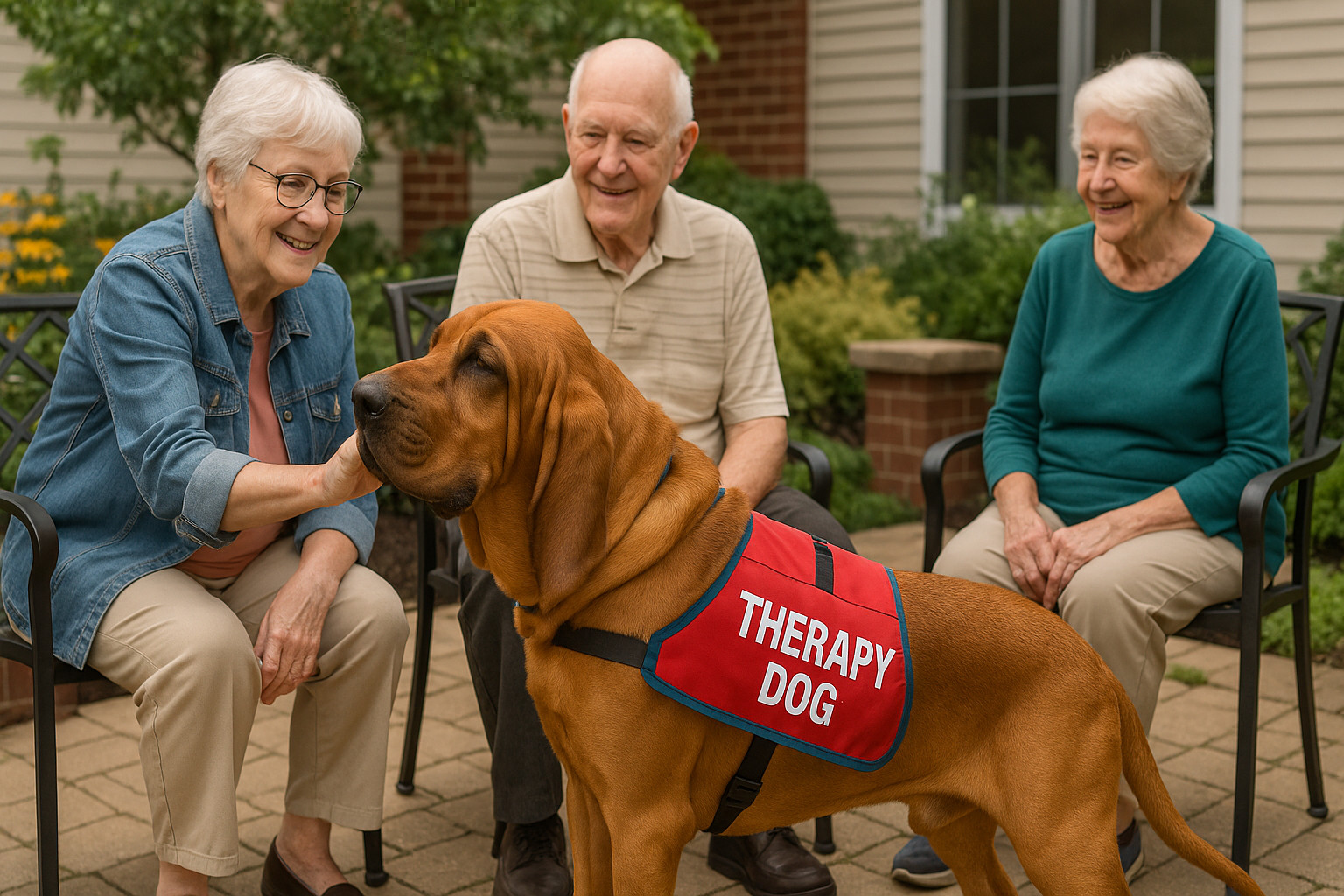
Bloodhound as a Therapy Dog
Bloodhound as a Therapy Dog Overview The Bloodhound, known for its exceptional tracking skills, is an ancient breed that traces…

Bluetick Coonhound as a Therapy Dog
Bluetick Coonhound as a Therapy Dog Overview The Bluetick Coonhound, with its distinctive appearance and friendly disposition, is gaining recognition…
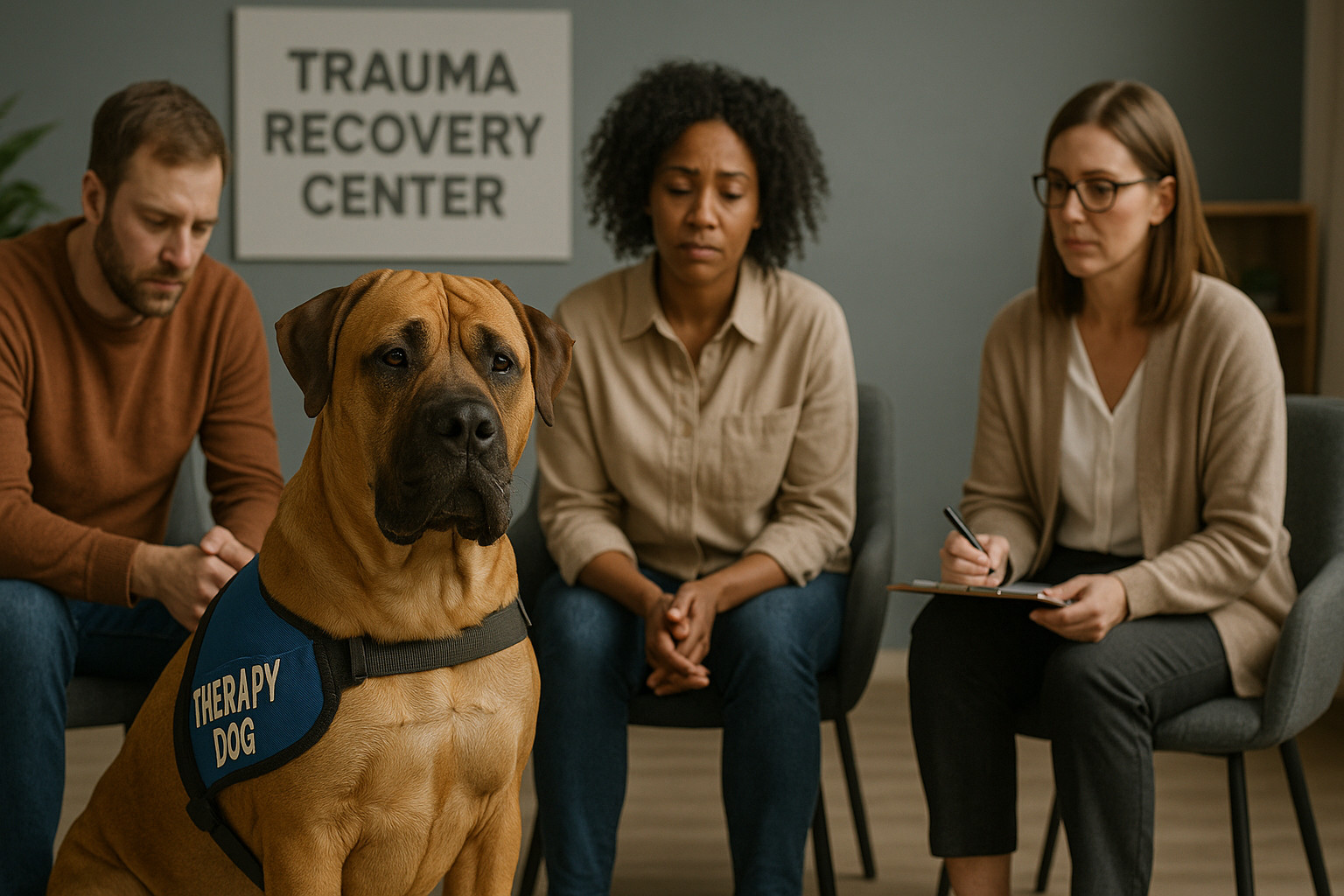
Boerboel as a Therapy Dog
The Boerboel, a large and powerful breed with its origins in South Africa, is traditionally known as a guardian dog.…
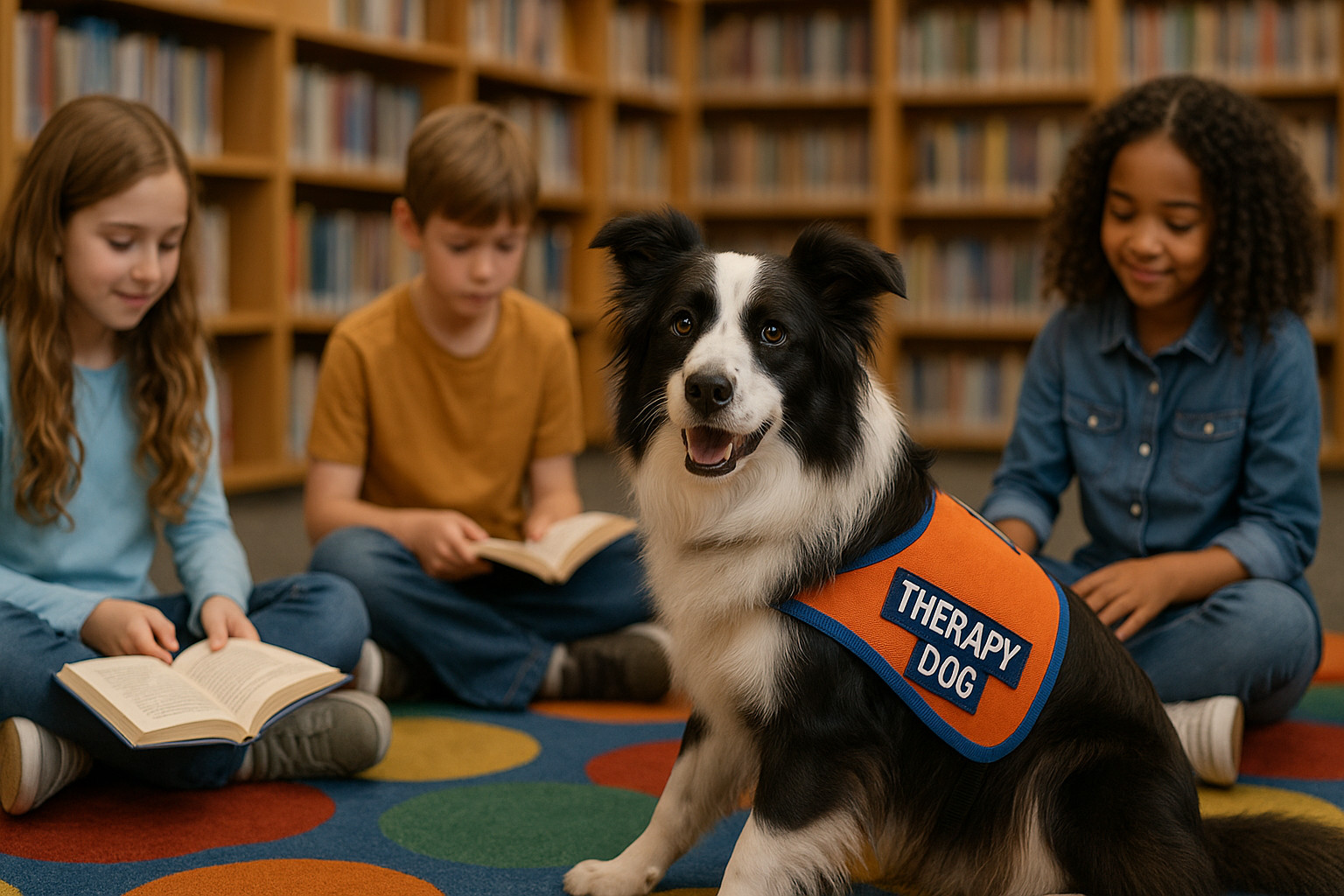
Border Collie as a Therapy Dog
Border Collie as a Therapy Dog Overview Border Collies are renowned for their intelligence, agility, and remarkable work ethic, earning…
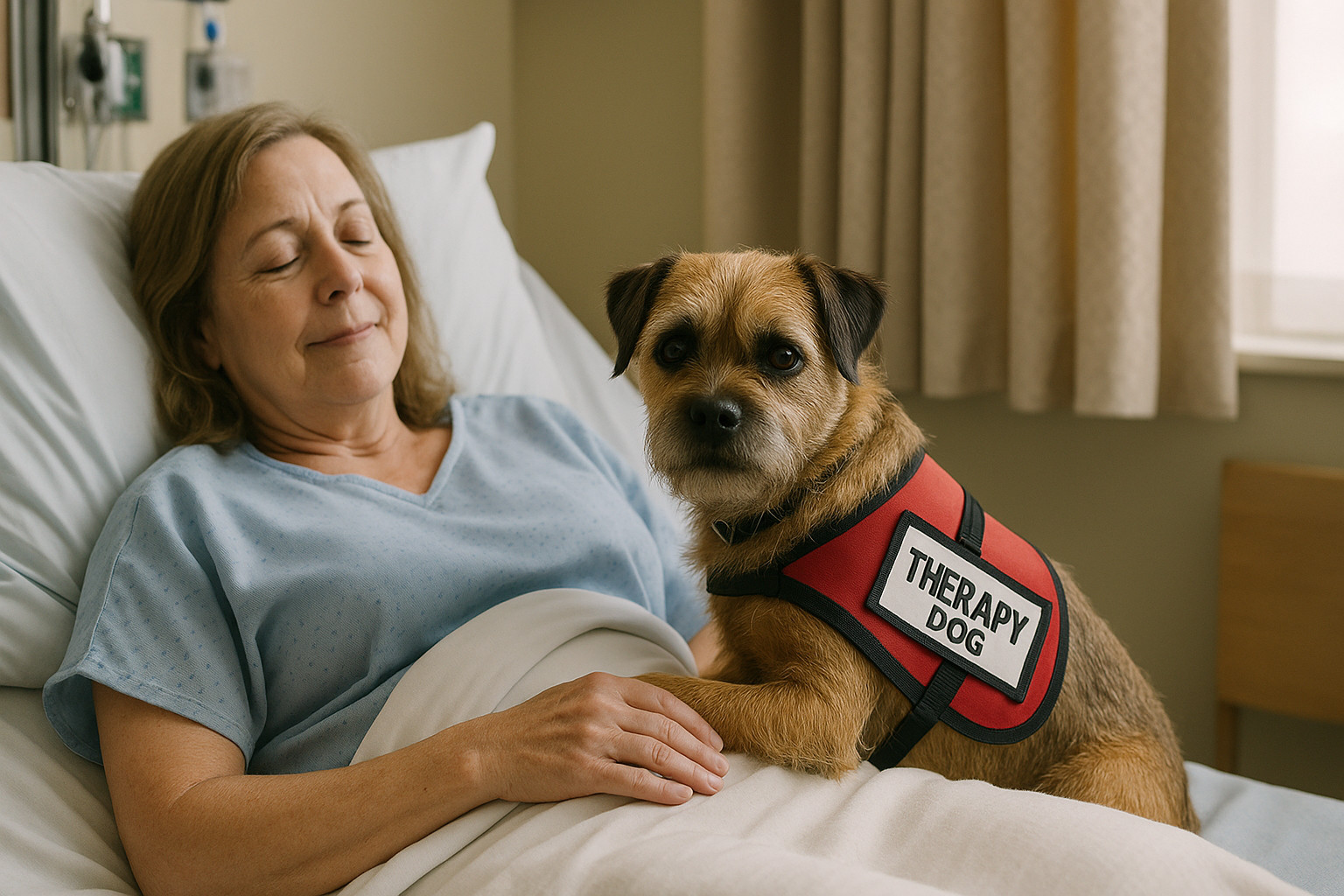
Border Terrier as a Therapy Dog
Border Terrier as a Therapy Dog Overview The Border Terrier is a small but mighty breed known for its upbeat…
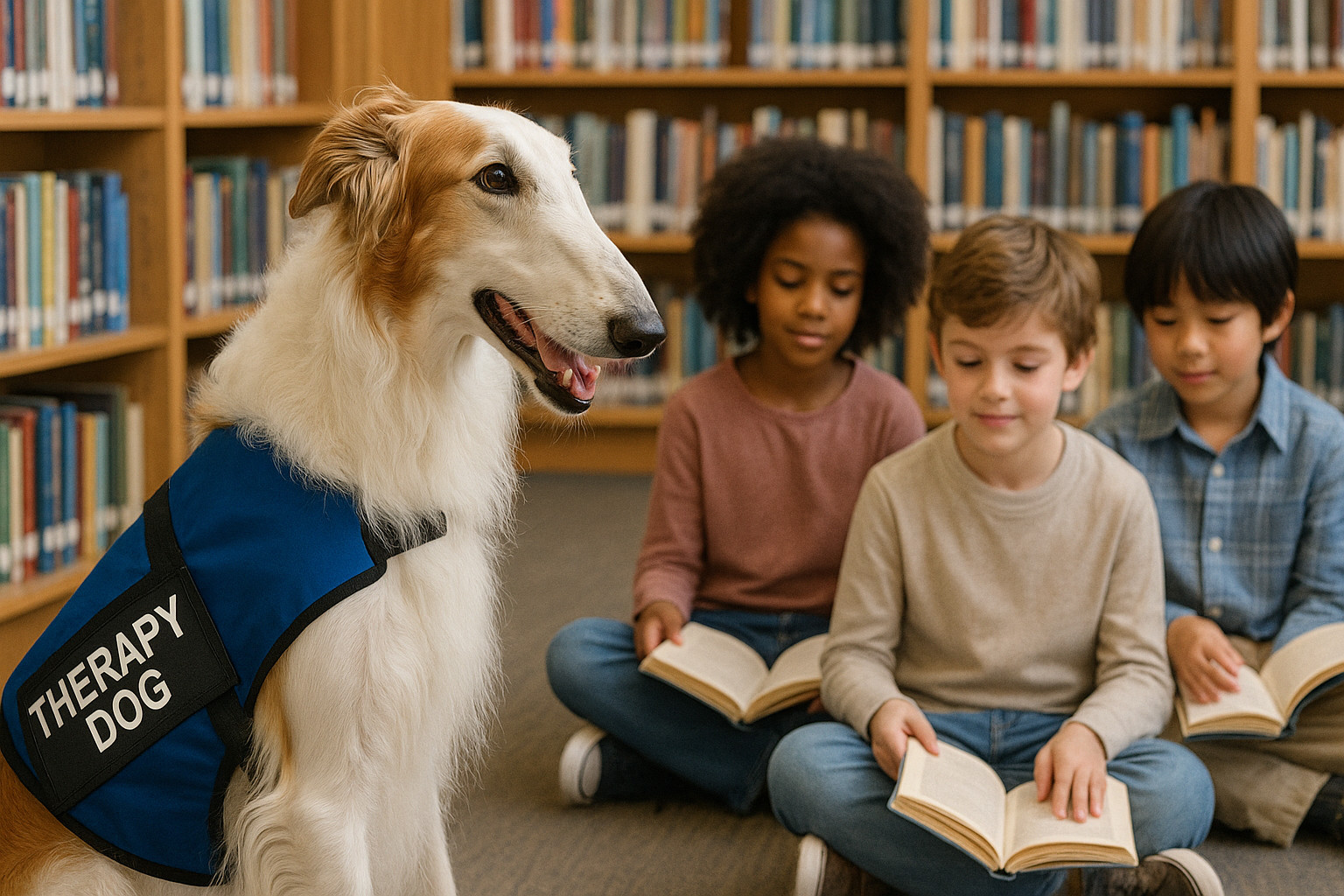
Borzoi as a Therapy Dog
Borzoi as a Therapy Dog Overview The Borzoi, historically celebrated for its grace and elegance, holds a unique position in…

Boston Terrier as a Therapy Dog
Boston Terrier as a Therapy Dog Overview The Boston Terrier, affectionately known as the “American Gentleman,” is a small, spirited…
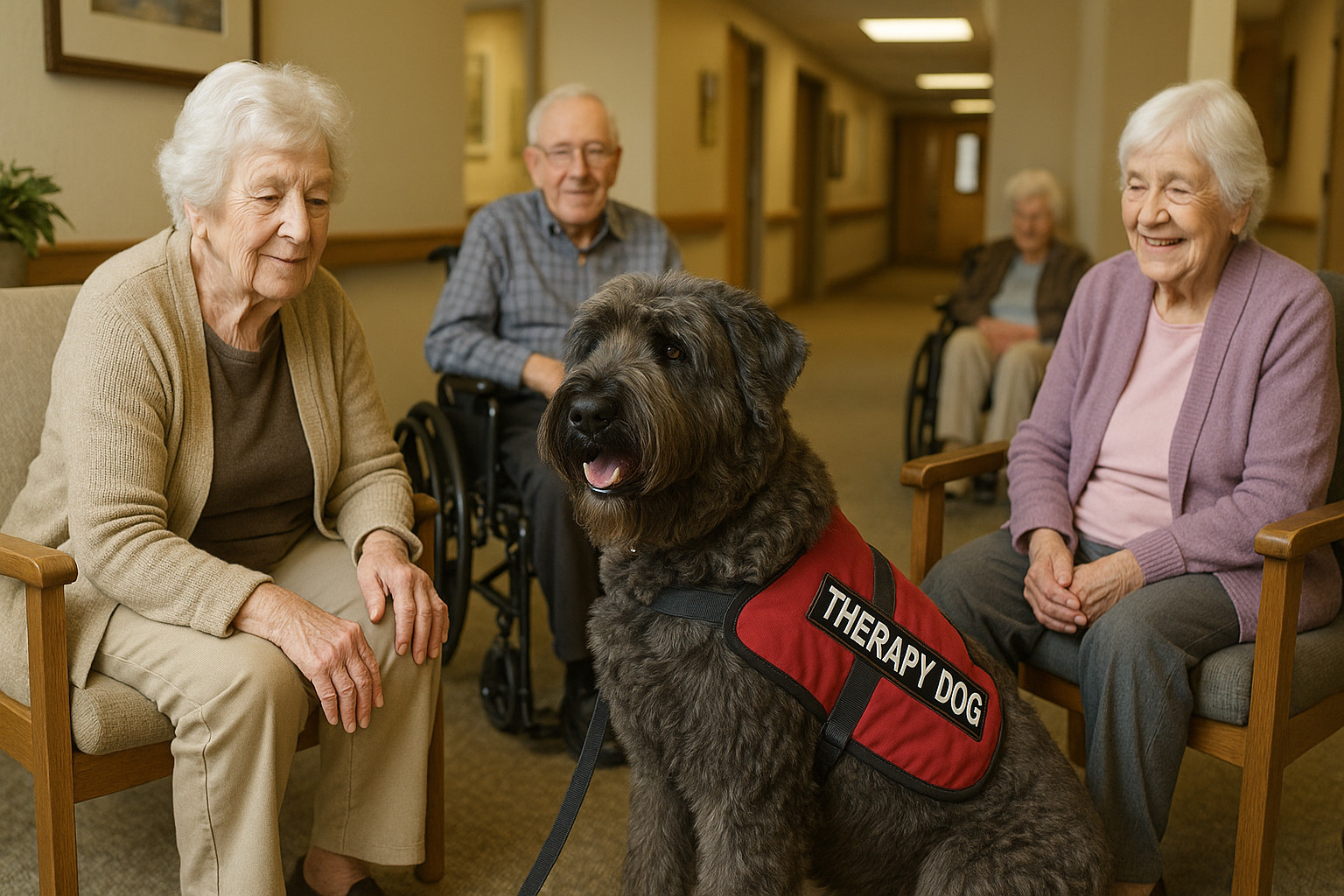
Bouvier des Flandres as a Therapy Dog
Bouvier des Flandres as a Therapy Dog Overview The Bouvier des Flandres, a robust and intelligent breed, offers unique qualities…
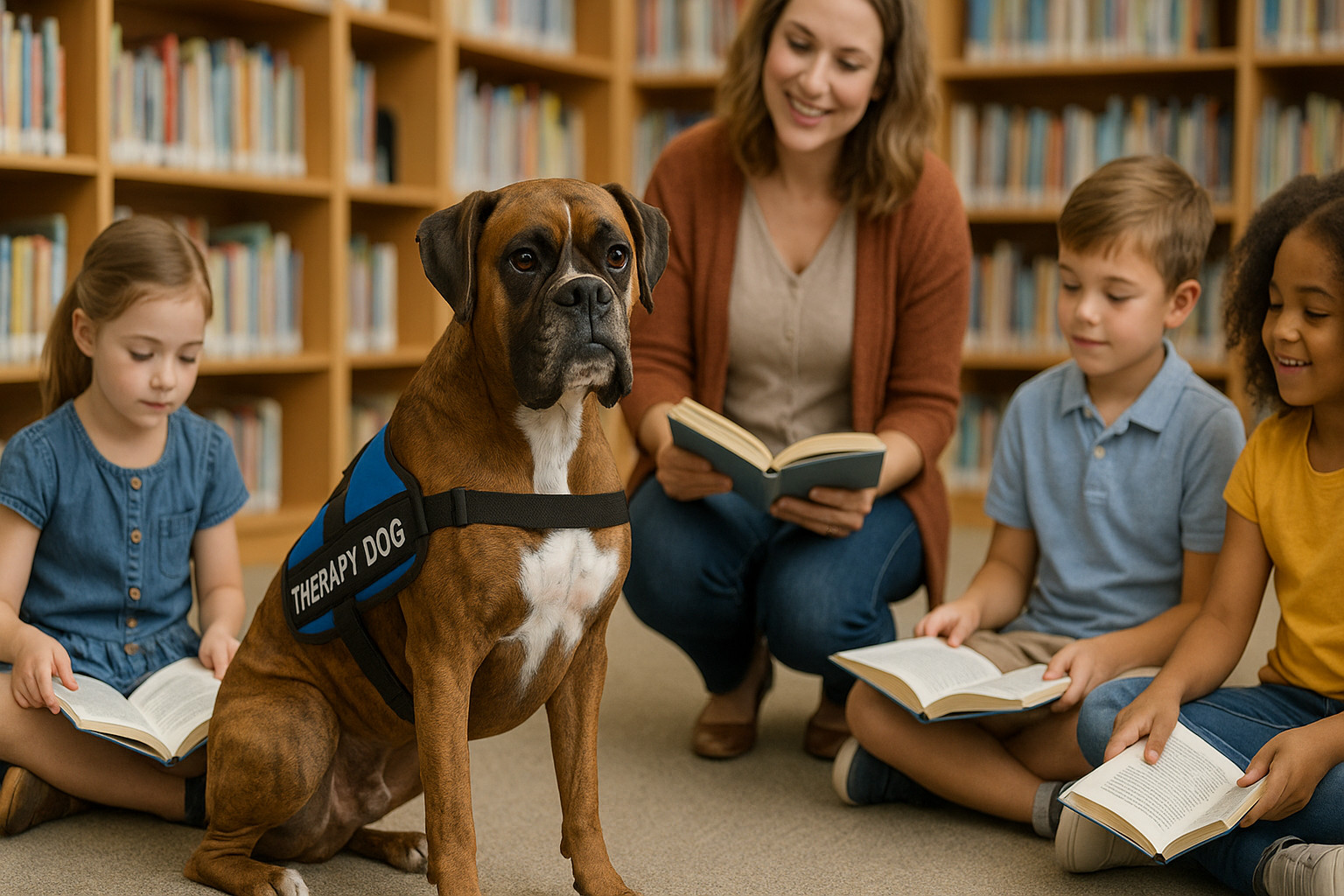
Boxer as a Therapy Dog
Boxer as a Therapy Dog Overview The Boxer, a breed known for its playful yet stalwart demeanor, is often considered…

Boykin Spaniel as a Therapy Dog
Boykin Spaniel as a Therapy Dog Overview The Boykin Spaniel, a cheerful and adaptable breed, is gaining recognition as an…
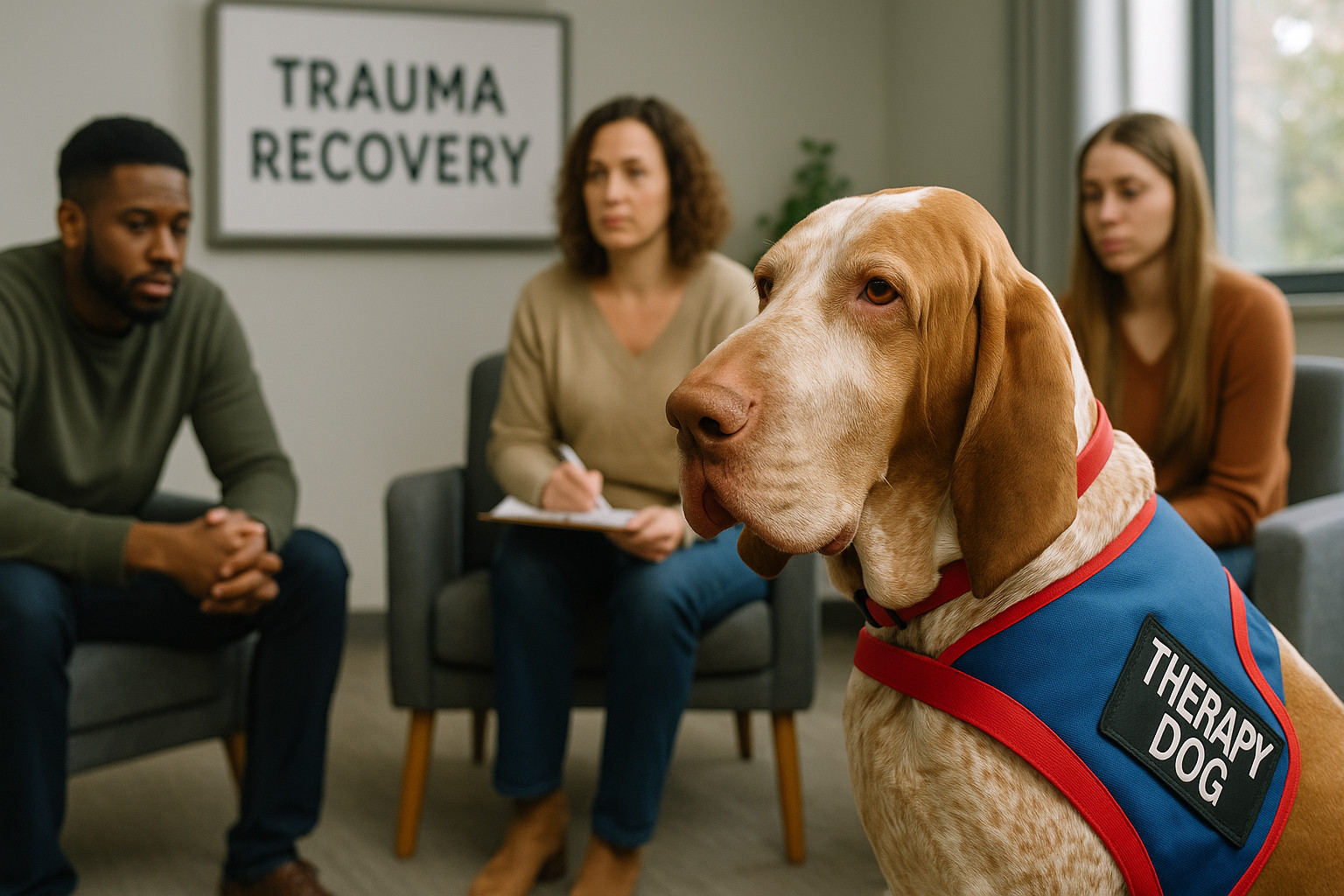
Bracco Italiano as a Therapy Dog
Bracco Italiano as a Therapy Dog Overview The Bracco Italiano, with its noble heritage as a hunting and pointing breed,…
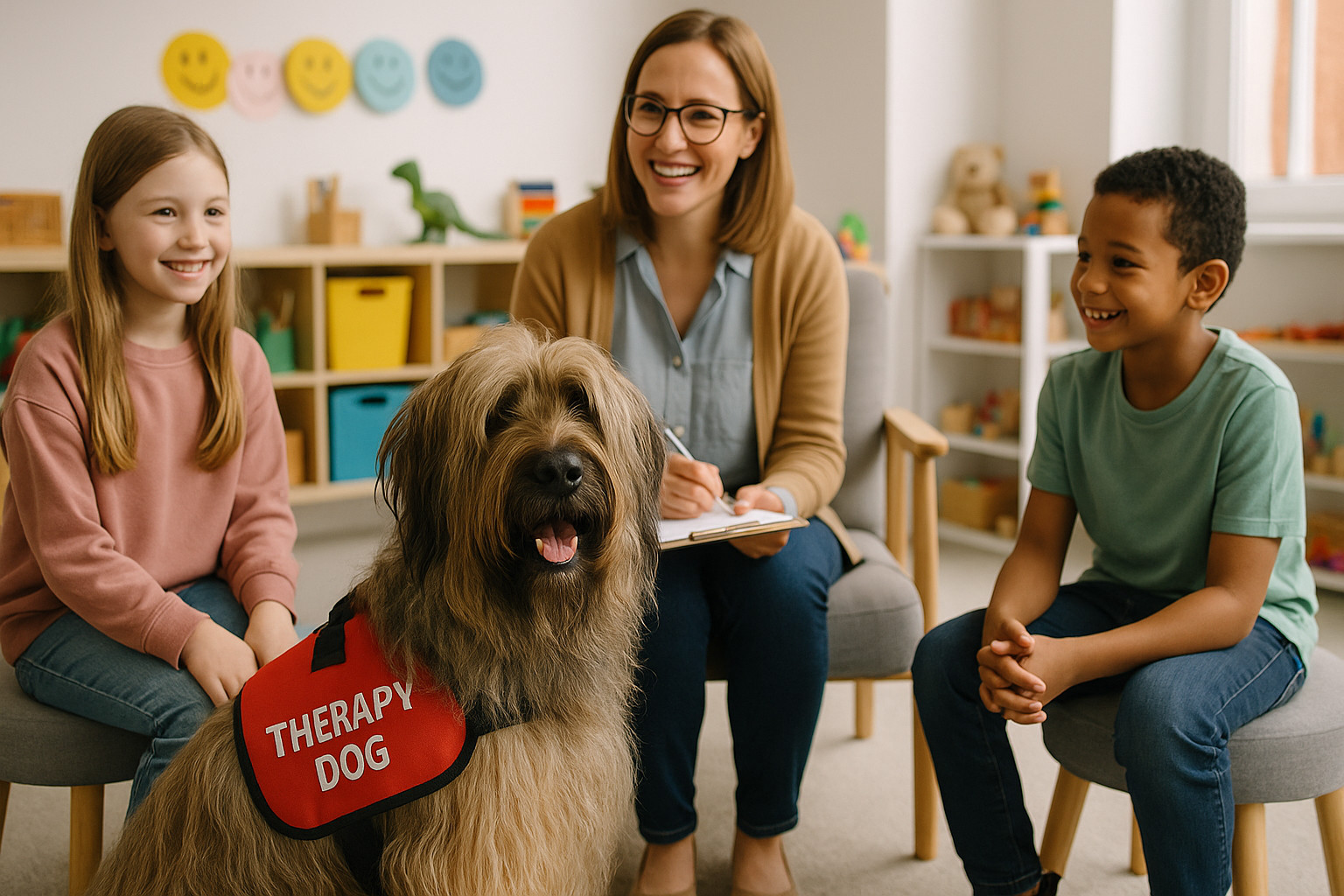
Briard as a Therapy Dog
Briard as a Therapy Dog Overview The Briard is a breed known for its versatility, bringing a unique blend of…
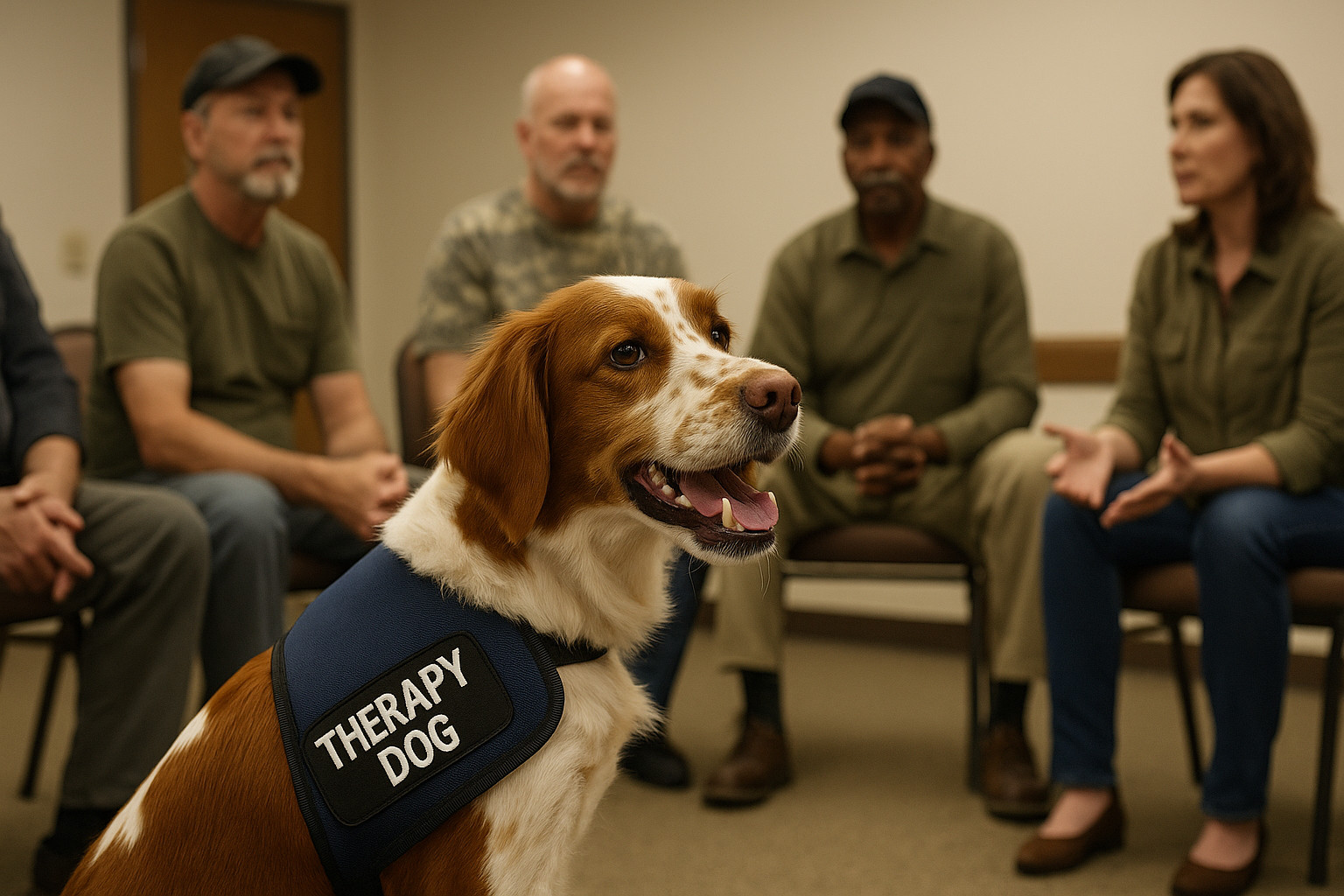
Brittany as a Therapy Dog
Brittany as a Therapy Dog Overview The Brittany, a distinctive and versatile breed, has been steadily gaining recognition as a…
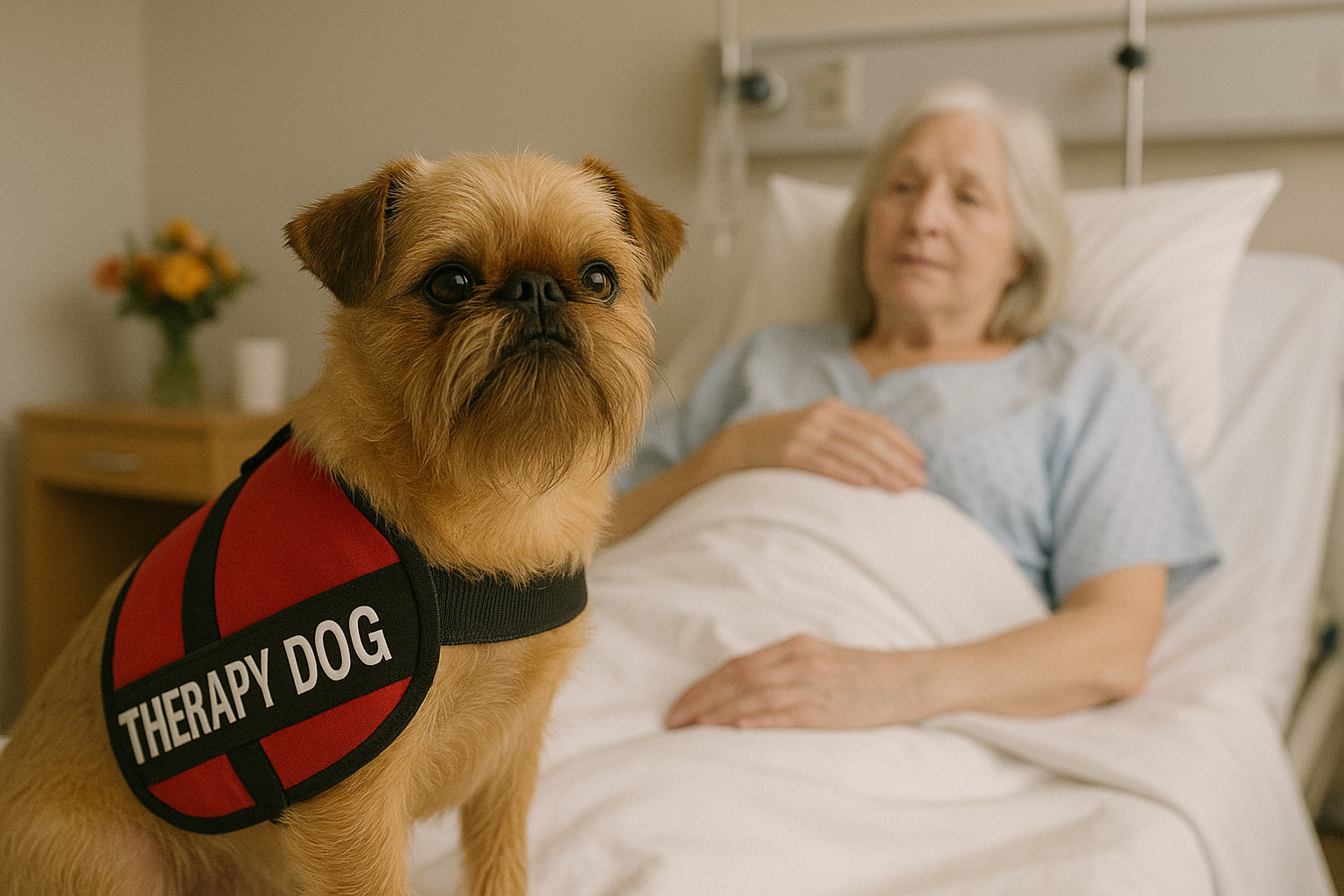
Brussels Griffon as a Therapy Dog
Brussels Griffon as a Therapy Dog Overview The Brussels Griffon, with its distinctively expressive face and lively demeanor, is a…
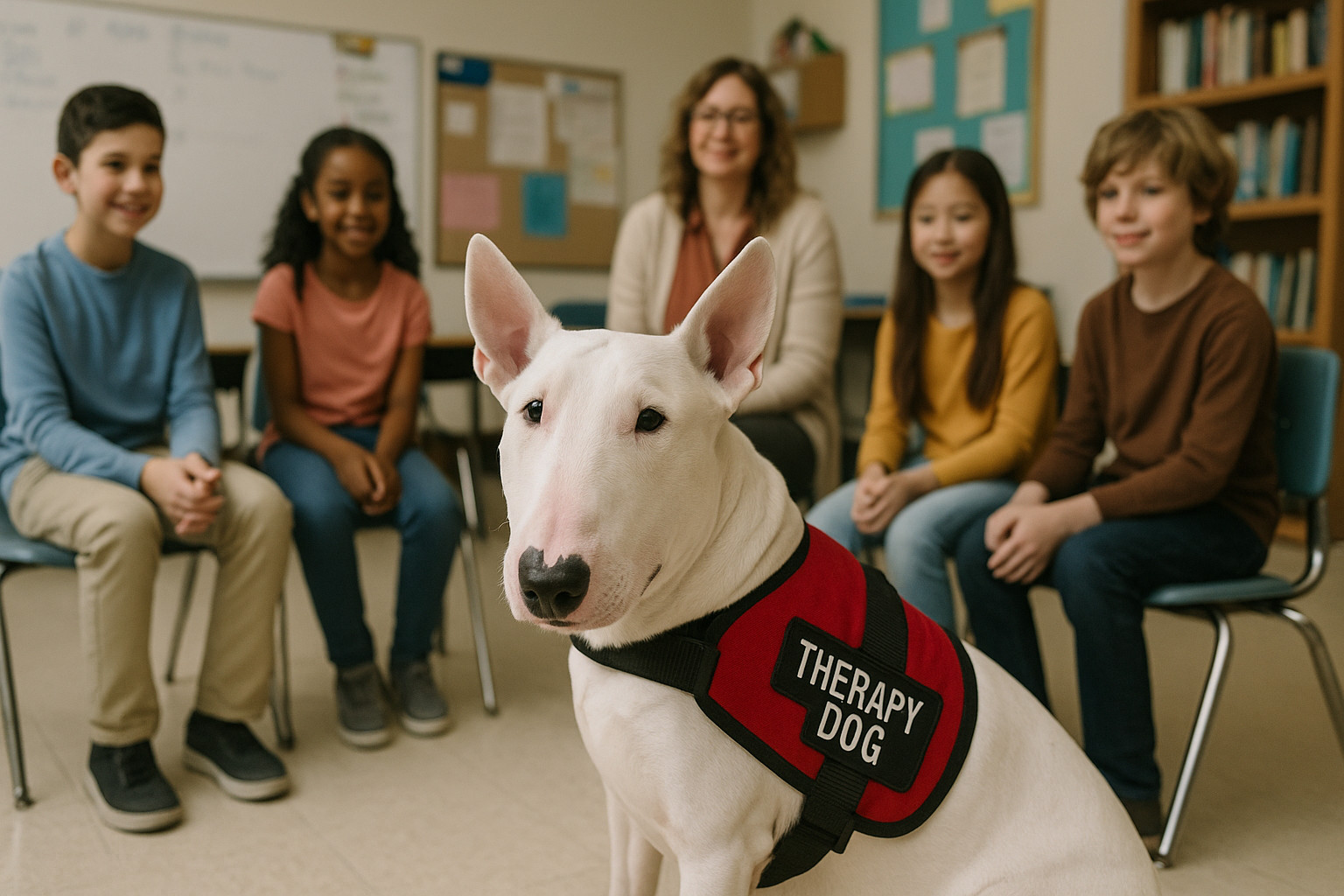
Bull Terrier as a Therapy Dog
Bull Terrier as a Therapy Dog Overview The Bull Terrier, known for its distinctive egg-shaped head and robust physique, may…
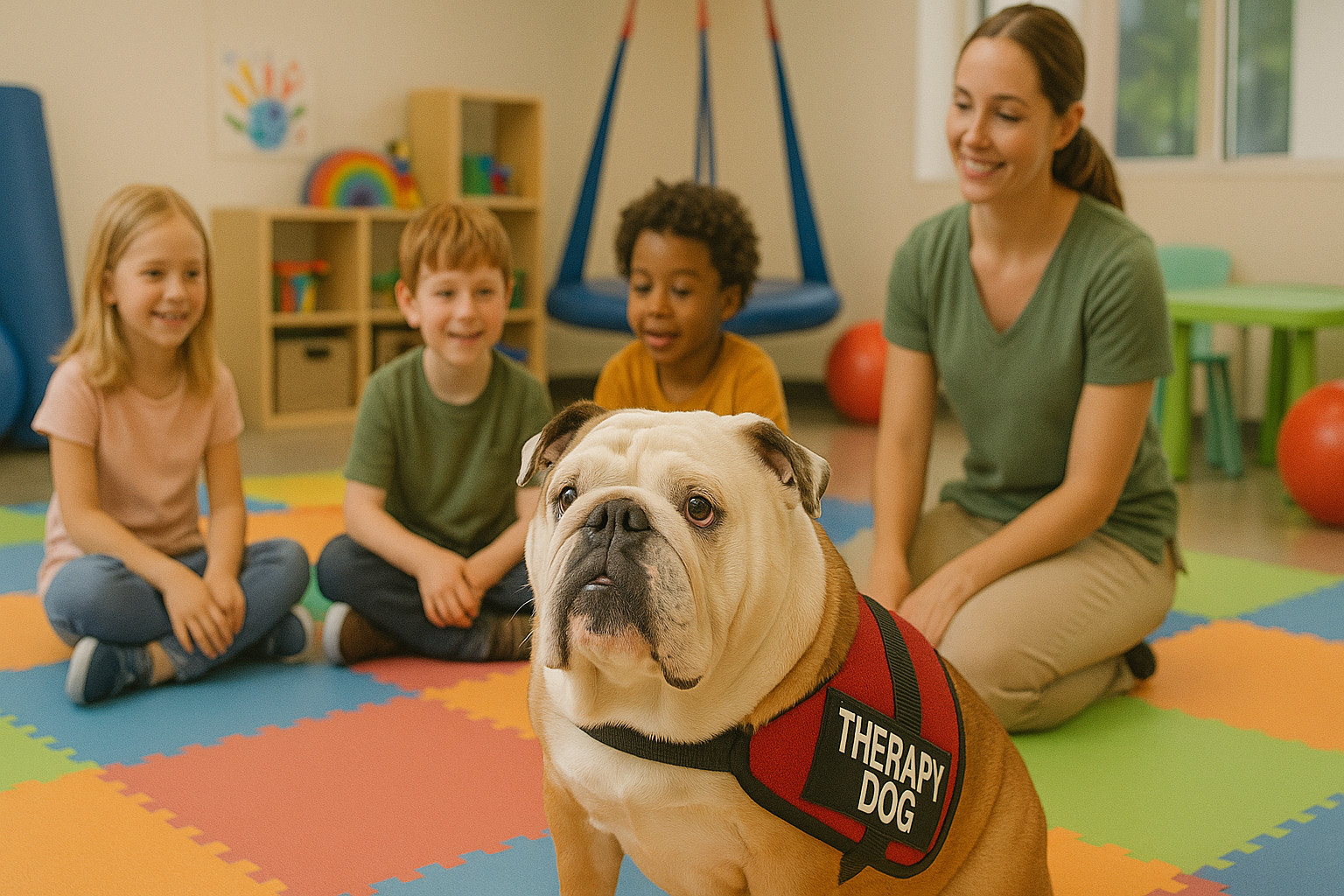
Bulldog as a Therapy Dog
Bulldog as a Therapy Dog Overview The Bulldog, with its iconic appearance and gentle demeanor, is an often-overlooked breed in…



